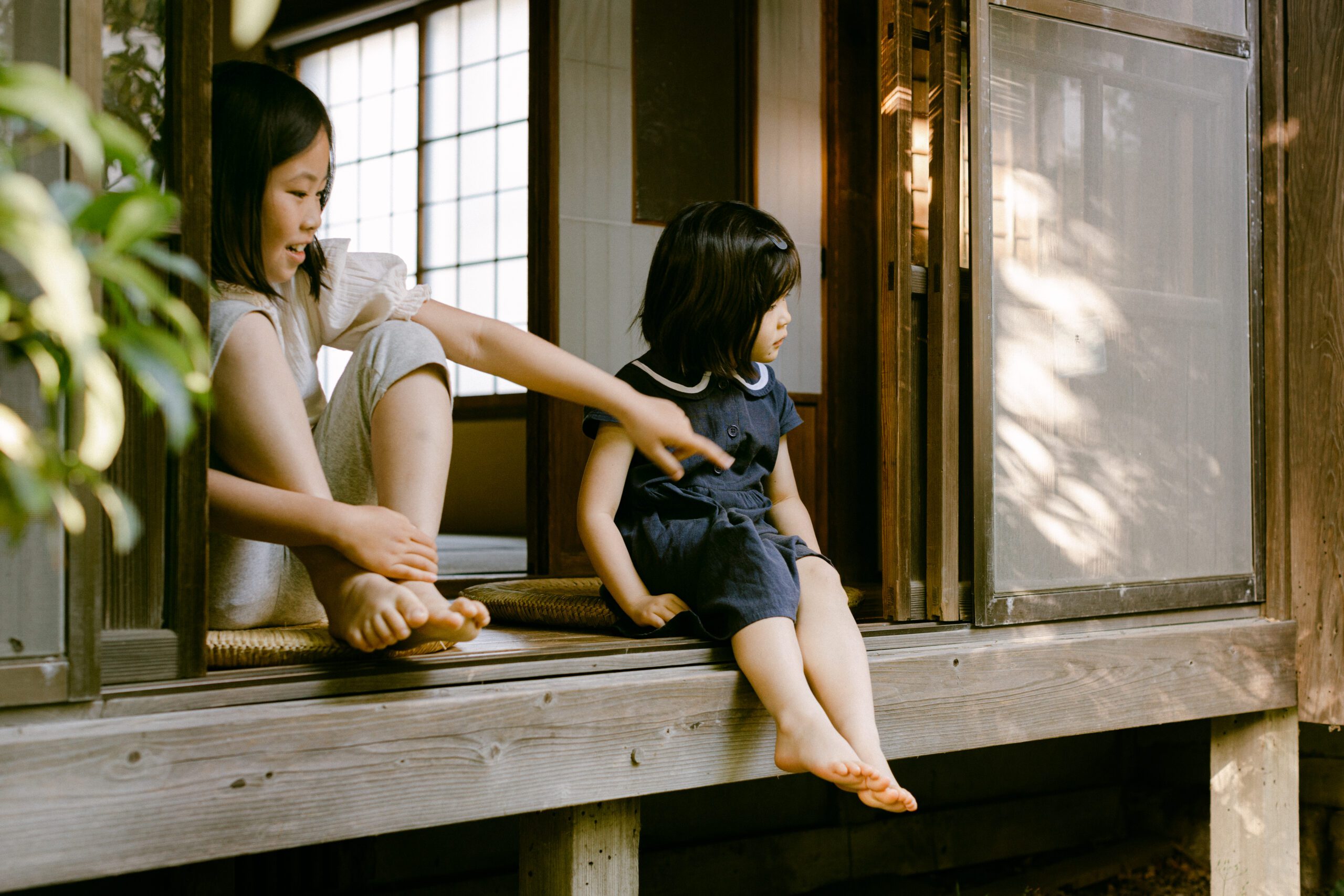
Fushimi, INE, Kinosaki
Nara, Osaka, Kobe, Sendai
Mt Fuji, Tokyo, Kamakura… …
As we are wrapping up our gap year, the limited opportunities for travel have made us miss so many captivating experiences throughout this remarkable year. The unforgettable moments we have encountered will continue to resonate within us for days to come. Regardless of our location, it is the stories and experiences that we cherish the most. As our final destination, Japan has been equally warm-hearted. Every weekend, we would ride our bikes to the nearby Kenteitsui line station and board a train bound for Kyoto. In this vibrant city, people from different counties, with diverse culture background, could all find a place to appreciate and admire. Furthermore, our journeys from there allowed us to explore numerous other destinations. Whether near or far, each of these places has left us with enchanting memories.
Fushimi Inari Taisha, situated near Kyoto, stands as one of the most renowned attractions in the area. Interestingly, Fushimi Inari always happened to be along our route whenever we traveled to Kyoto. Each time we passed by, the children would show great enthusiasm for the orange torii decorations at the station. Serving as the principal among thousands of shrines devoted to Inari, the Shinto deity associated with rice, Fushimi Inari is particularly famous for its myriad torii gates. This sacred site has traditionally drawn people who gather here to offer prayers for bountiful harvests, familial prosperity, and the fulfillment of diverse wishes. In the intriguing world of Japanese shrine culture, each shrine designates a specific animal as its representative. For instance, foxes are commonly regarded as messengers of Inari, that’s why fox statues are everywhere throughout this shrine grounds. Visitors often wear fox masks and inscribe their wishes on wooden plaques shaped like foxes.
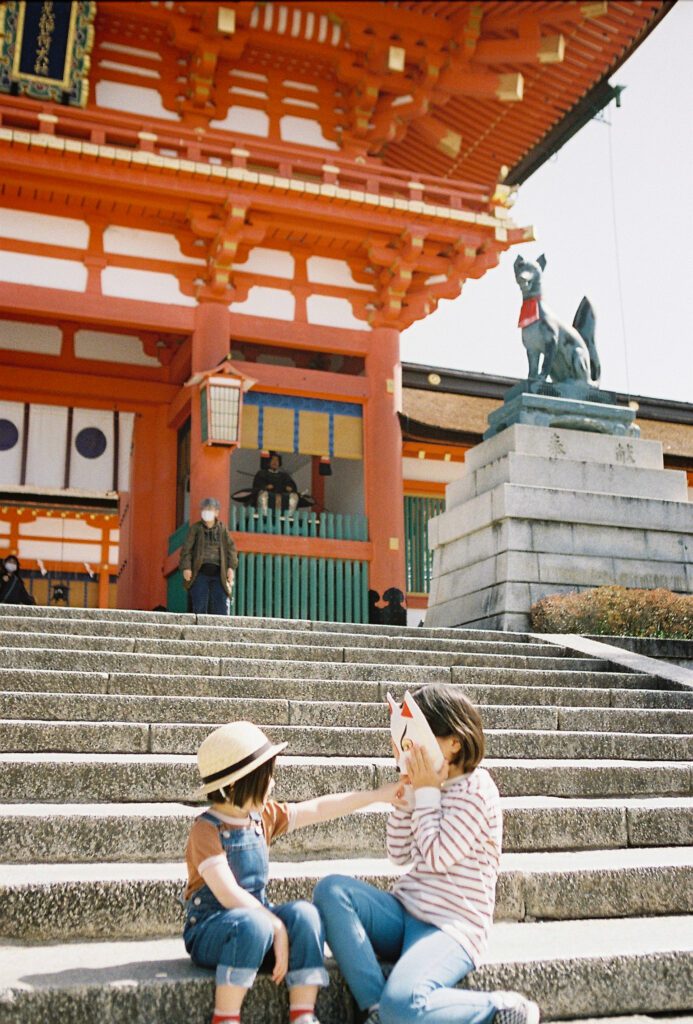
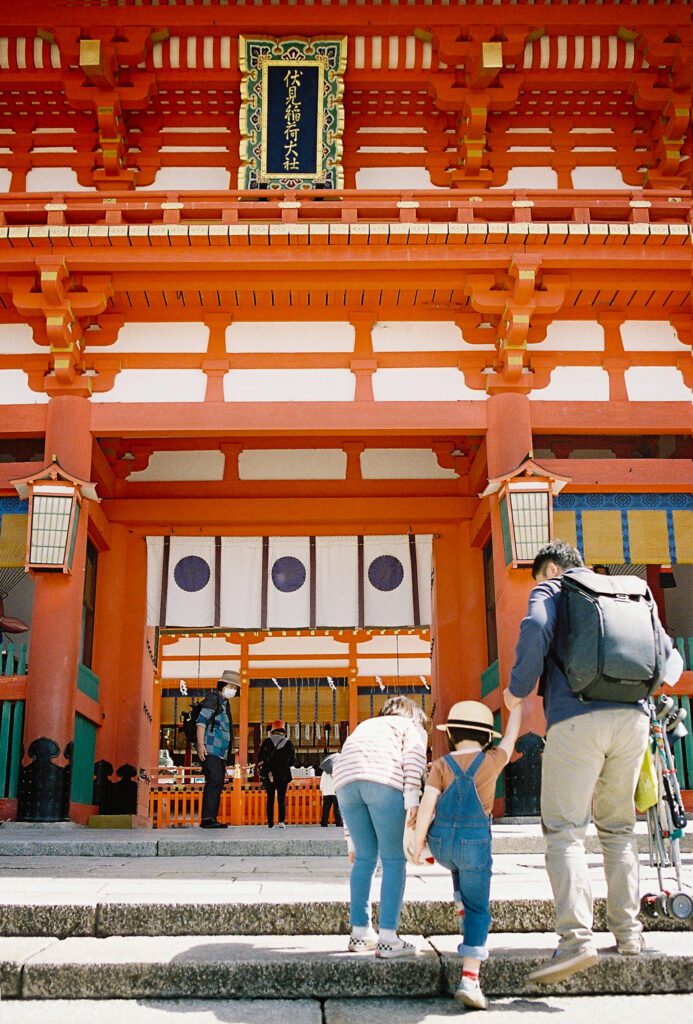
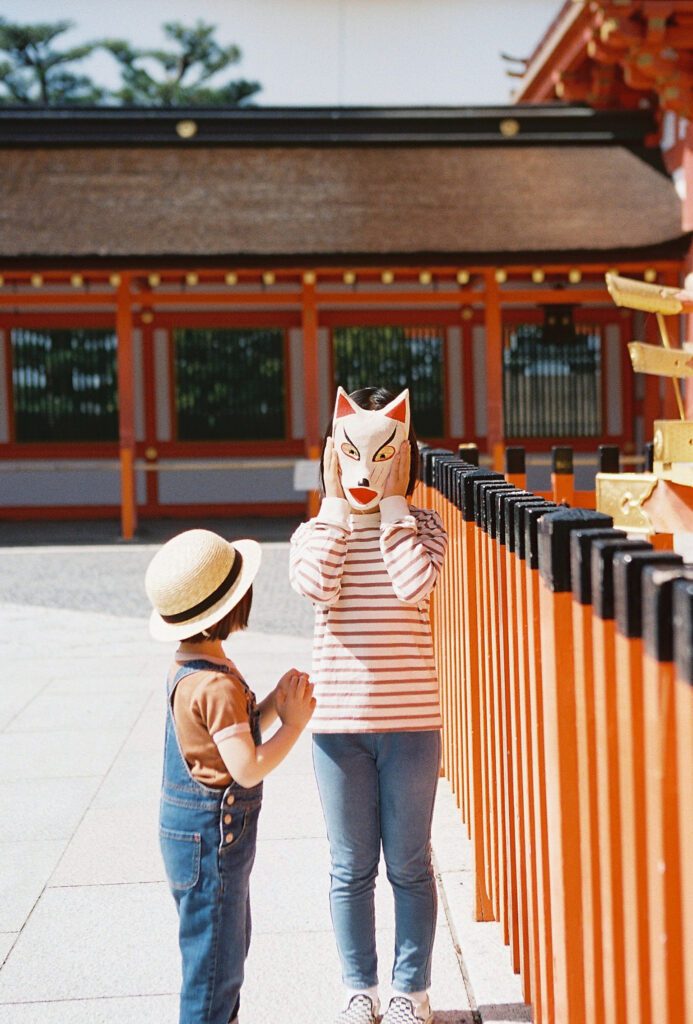
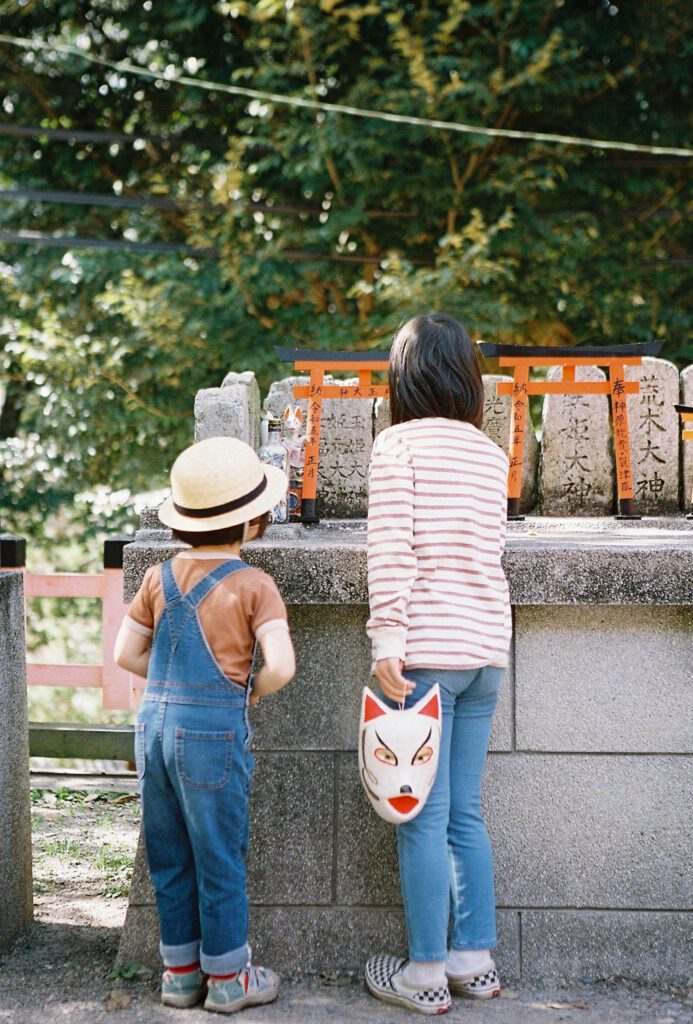
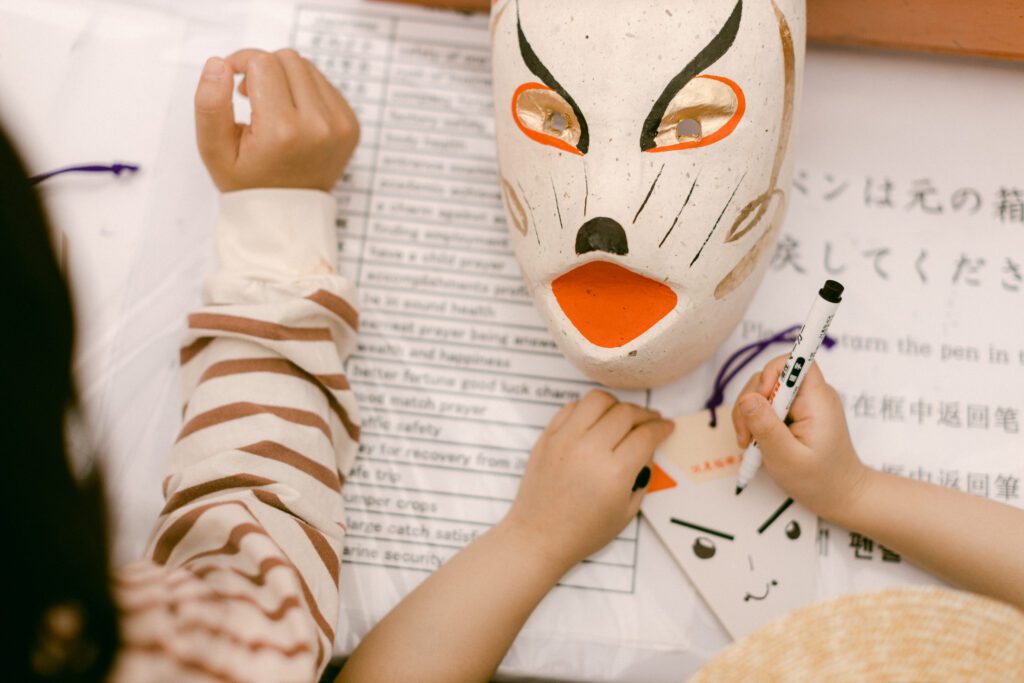
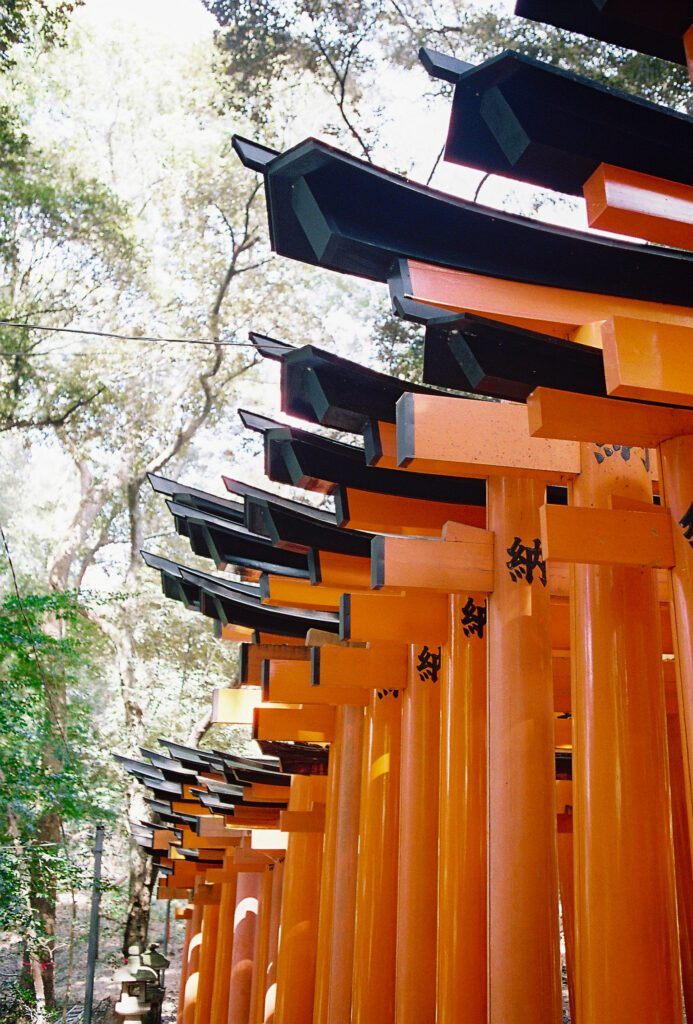
Prior to the arrival of cherry blossoms, we decided to embark on a road trip to the “Kyoto by the Sea” region, situated in the northern part of Kyoto prefecture. Along the way to this lesser-known area, we made a few detours to explore some scenic spots. One such spot was the Yura River Bridge, located in a rural setting. This bridge spans across the ocean, occasionally allowing trains to pass over it. If the weather is favorable, witnessing a train crossing the ocean against the backdrop of a sunset creates a breathtaking view. Unfortunately, luck was not on our side that day, as clouds lingered on the horizon. Nevertheless, we still enjoyed the unique perspective beneath the bridge.
Ine, nestled on the coast of the Sea of Japan, is renowned for its Funaya—wooden boathouses built on the bay. These Funaya were originally designed for fishing purposes. The lower level of these structures functions as a storage area for boats, resembling a marina, while the upper level houses fishing equipment and serves as a space for drying fish products. Due to their positioning, with the floor of the lower level nearly aligning with the waterline, these houses appear as though they are floating on the bay, creating a distinctive way of entering a property. You might wonder where the fishermen reside. If you look behind the Funaya, on the opposite side of the street, you will typically find similar two-story architecture that serves as the living quarters for the fishermen. Nowadays, the Funaya have evolved and serve various purposes. Some have retained their original appearance and continue to be used for boat storage, while others have been renovated into cafeterias or simply residential properties. The entire town exudes an exquisite and tranquil ambiance, with crystal-clear seawater that gives a sense of being separated from the rest of the world.
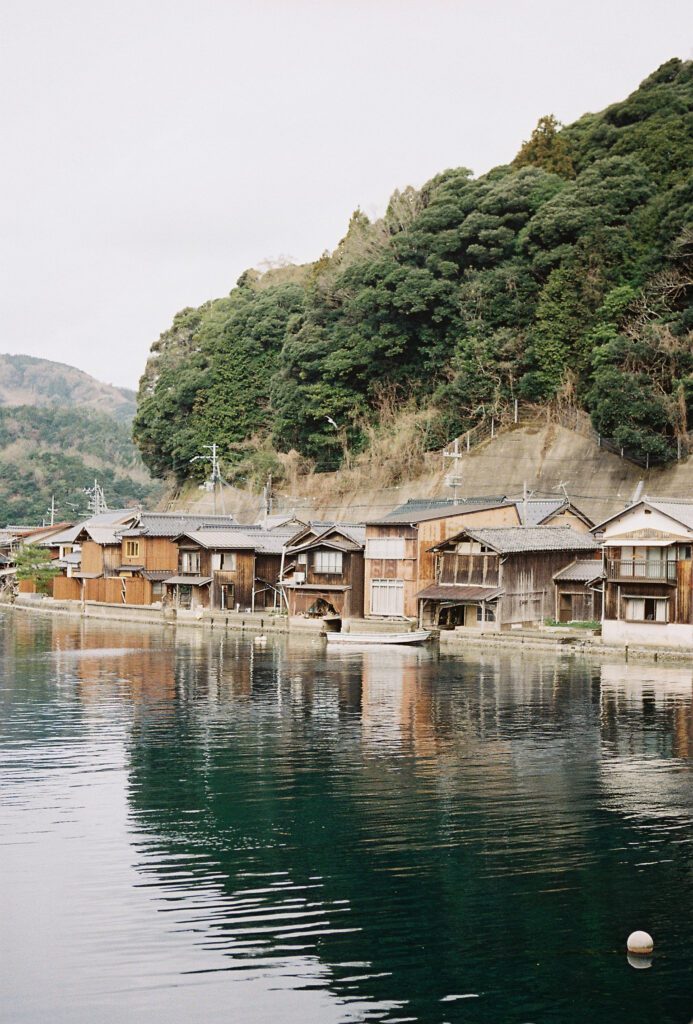
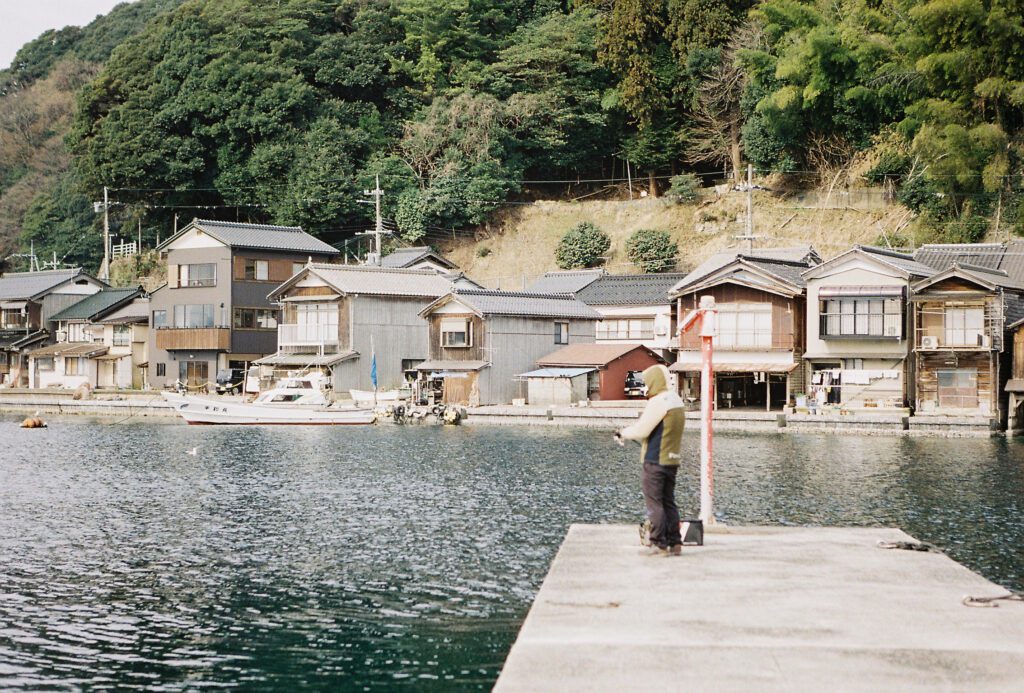
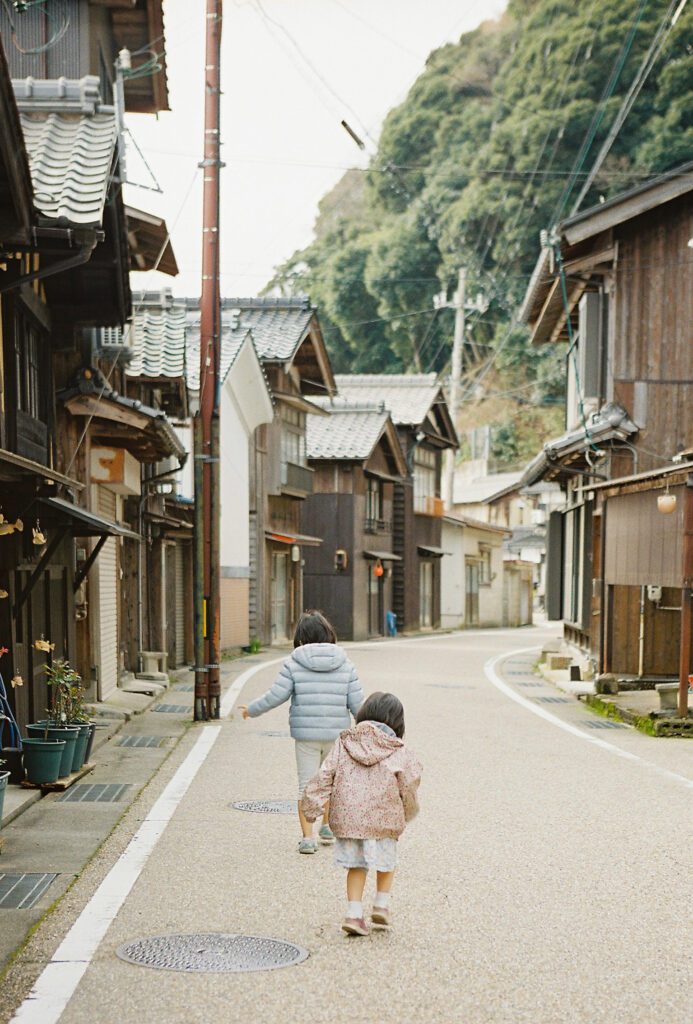
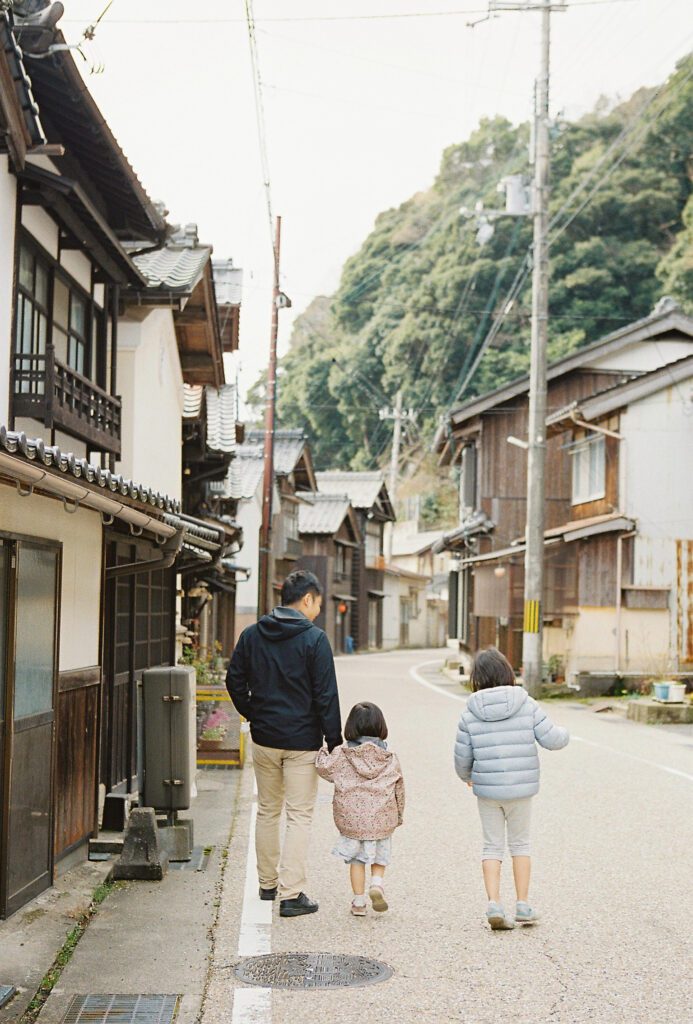
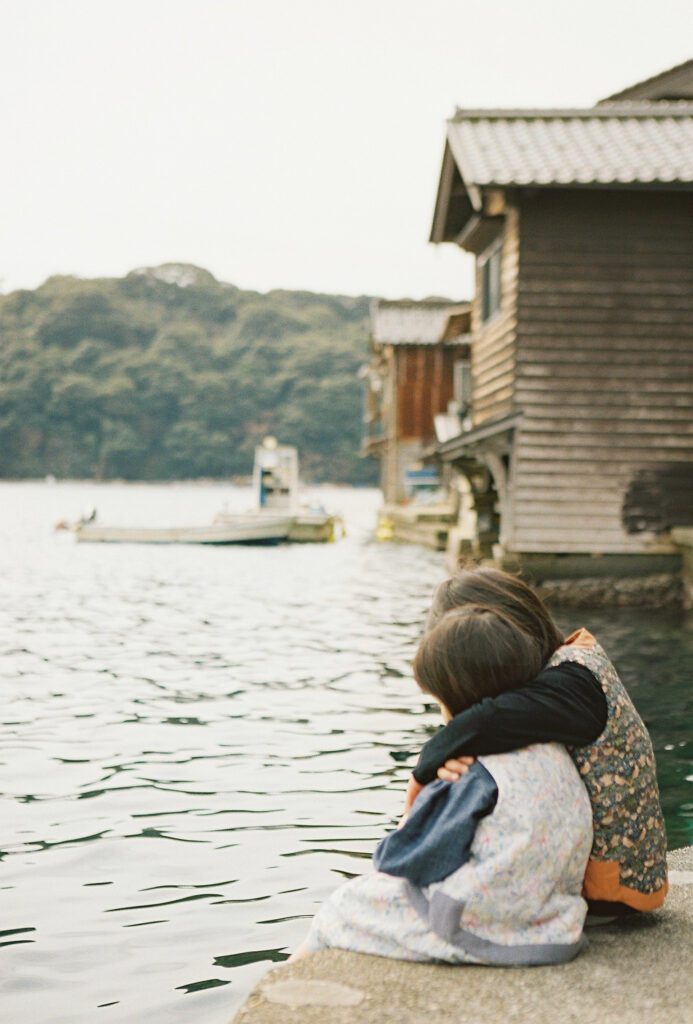
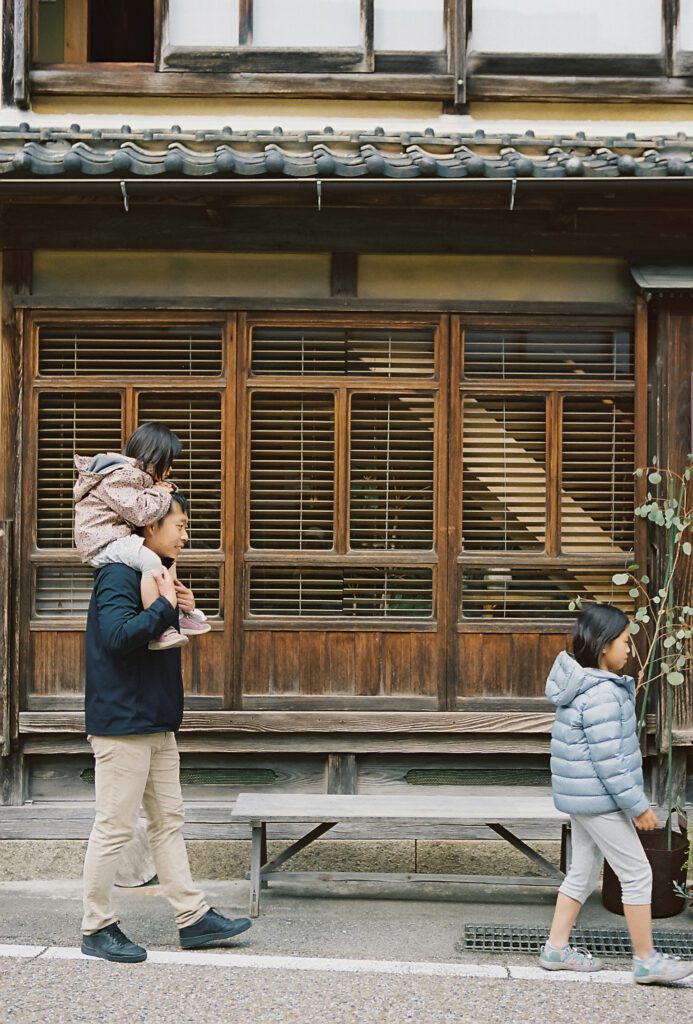
Kinosaki Onsen served as the ultimate destination for our road trip, providing an unbelievably comfortable experience. While visitors typically seek hot spring experiences in the luxurious and private settings of Kyoto city, locals are well aware that there are no natural hot springs in Kyoto itself. Instead, they recommend trying the onsens in Kinosaki, as it is considered one of the best places in Japan to immerse oneself in the traditional Japanese onsen experience. If initial hesitation arises due to the potential embarrassment of being in a public bath, rest assured that once you step into the warm waters, any hesitation will quickly disappear. Japan is such a place to leave your comfort zone without suffering any real discomfort.
A simple Google search will reveal that the seven public onsens are the main highlights of this charming little town. Legend says that the steaming water of Kinosaki Onsen has been gushing from the ground for over 400 years. Japanese people believe that the water can provide spiritual healing. Nowadays, people visit primarily to experience the traditional Japanese hot springs, regardless of their beliefs. There is an undeniable sense of tranquility that allows you to unwind and enjoy a rejuvenating experience.
Apart from the onsens themselves, the town itself is an attraction. A picturesque canal, adorned with willow trees, runs through the center of the town, and many houses, shops, and restaurants still retain their traditional charm. Visitors who stay in the town have the opportunity to stroll along the canal, wearing a yukata (a casual kimono, especially for bathing) and geta (wooden sandals), as they hop from one bathhouse to another. If guests book a night at a nearby hotel, they typically receive complimentary tickets to access the seven public onsens.
Although there are seven onsens, we did not try all of them. However, they are all within walking distance of each other. One of our favorites was Jozo-yu onsen, which features a cooler temperature in its kids’ onsen (usually the onsens are hotter than visitors might expect). It is a local favorite, often frequented by families from the neighborhood.
Before entering the onsens, it is mandatory for everyone to thoroughly clean themselves. Japanese people place great importance on pre-cleaning, often spending around 20 minutes on this ritual, while their actual onsen soak may only last about 5 minutes. After the pre-cleaning ritual, with a towel placed on heads, it is time to indulge in those precious 5 minutes of soaking in the soothing bath.
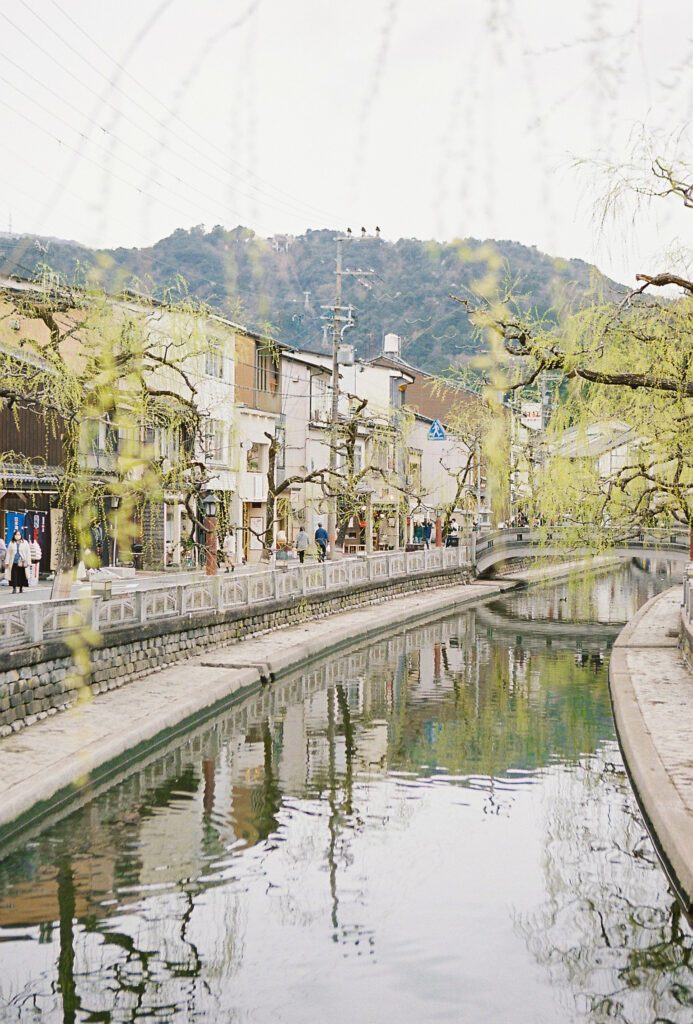
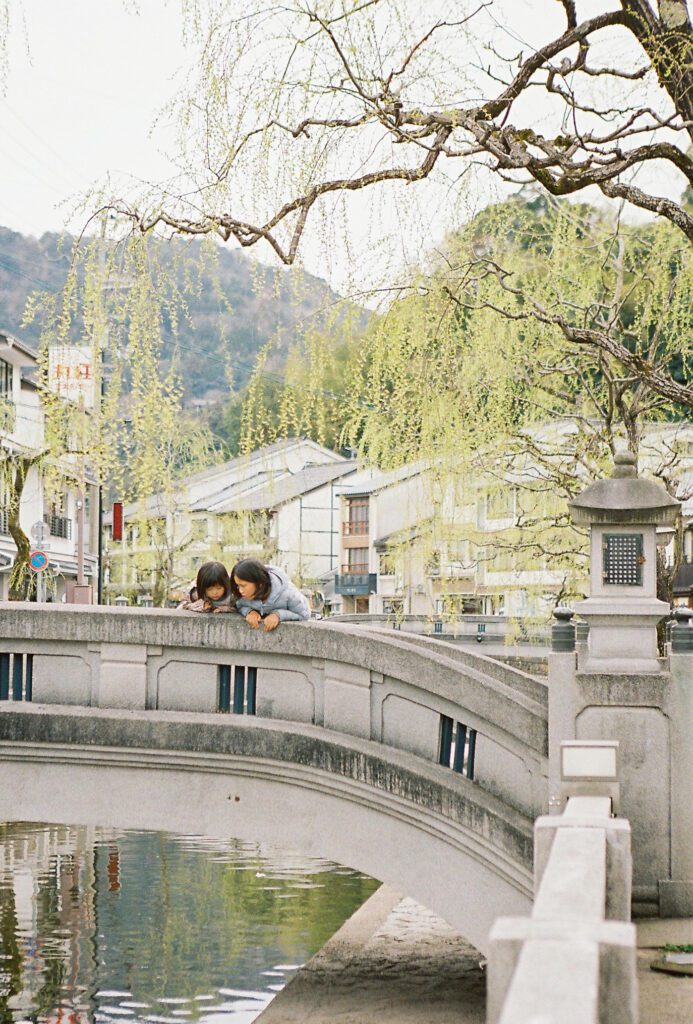
In the vicinity of Kyoto, a visit to Nara makes for an incredibly rewarding day trip. Set aside a day to explore the attractions nestled within Nara Park, which encompasses nearly all of the city’s must-see sights. As mentioned in a previous blog, one of the highlights is the charming deer population. Alongside these lively creatures, you’ll find Kasuga Taisha, a shrine situated at the base of a hill in a delightful wooded setting. Here, herds of sacred deer eagerly await handouts from visitors. Like other shrines found across Japan, the entire area is exquisitely designed, and depending on the season, the gardens are adorned with an array of seasonal flowers, creating a memerizing scene.
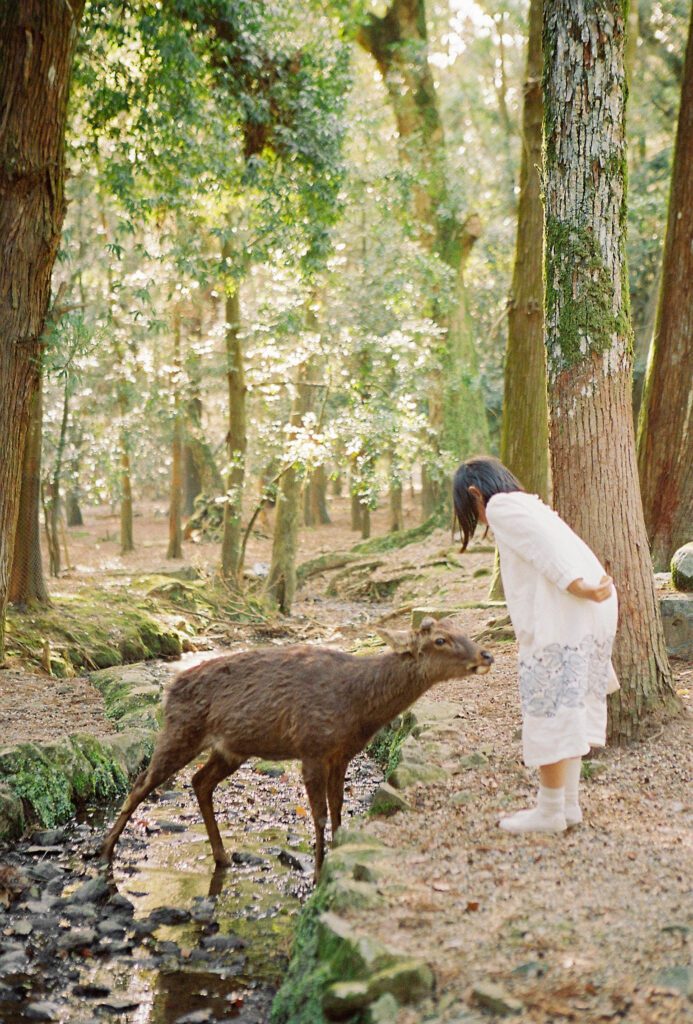
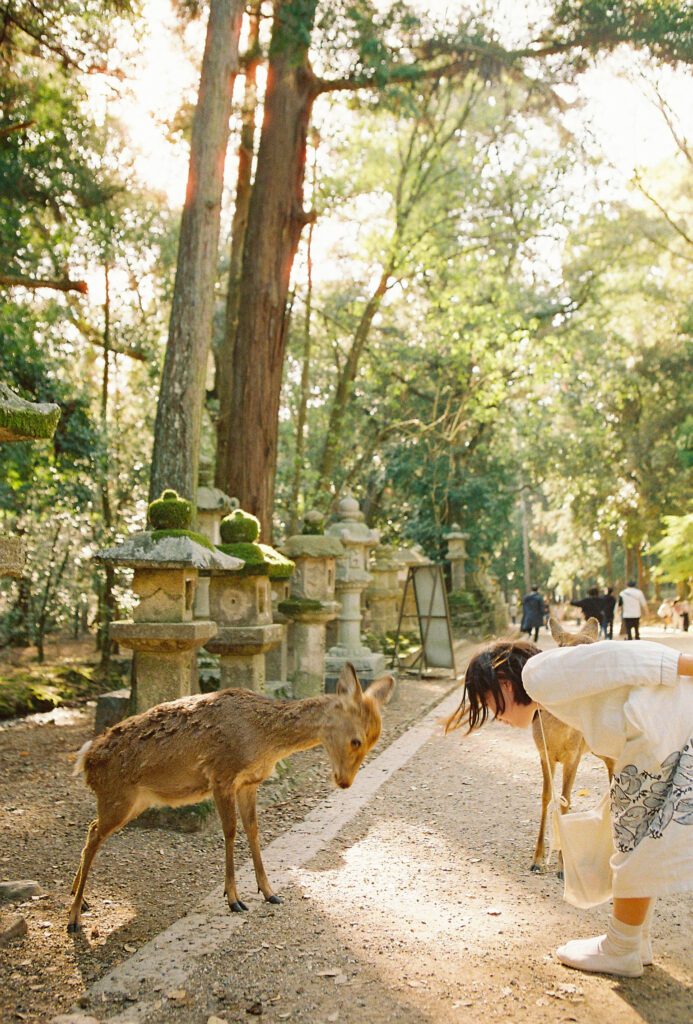
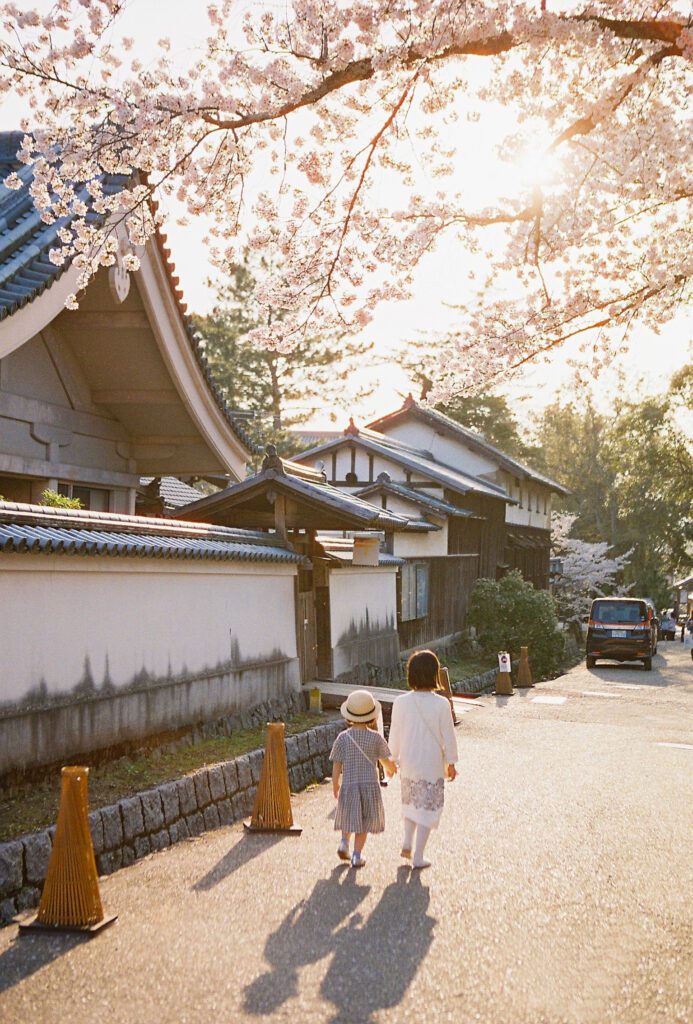
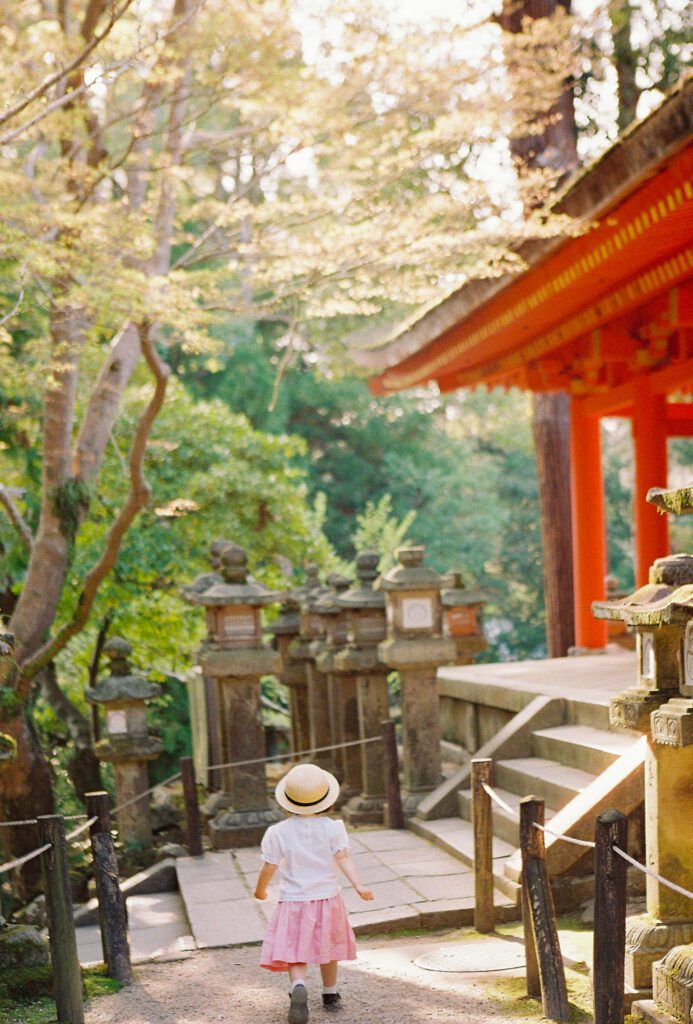
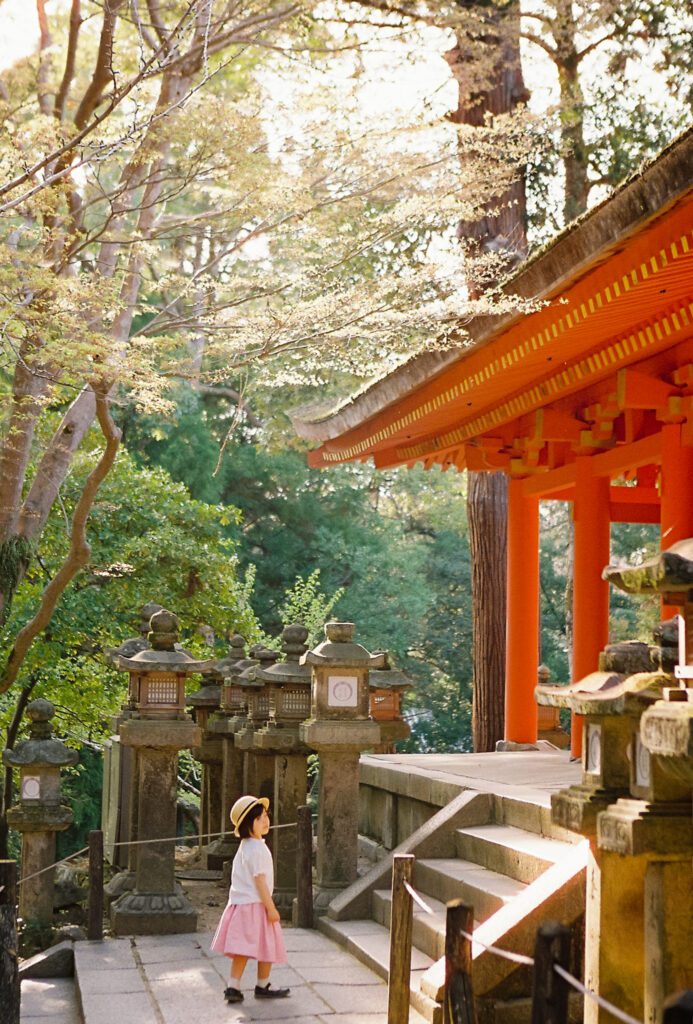
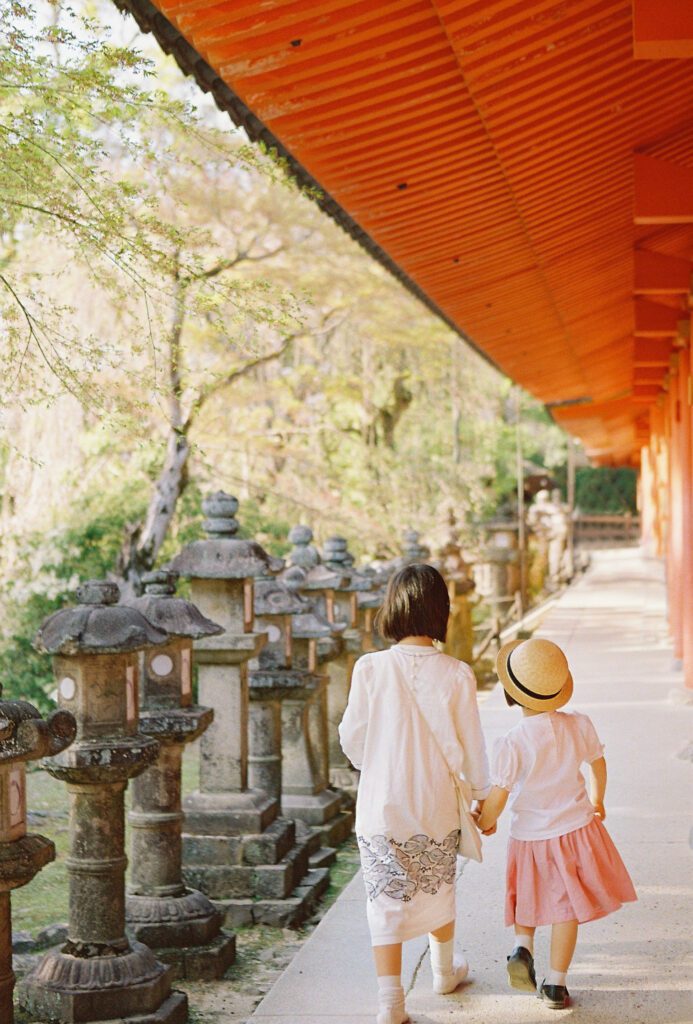
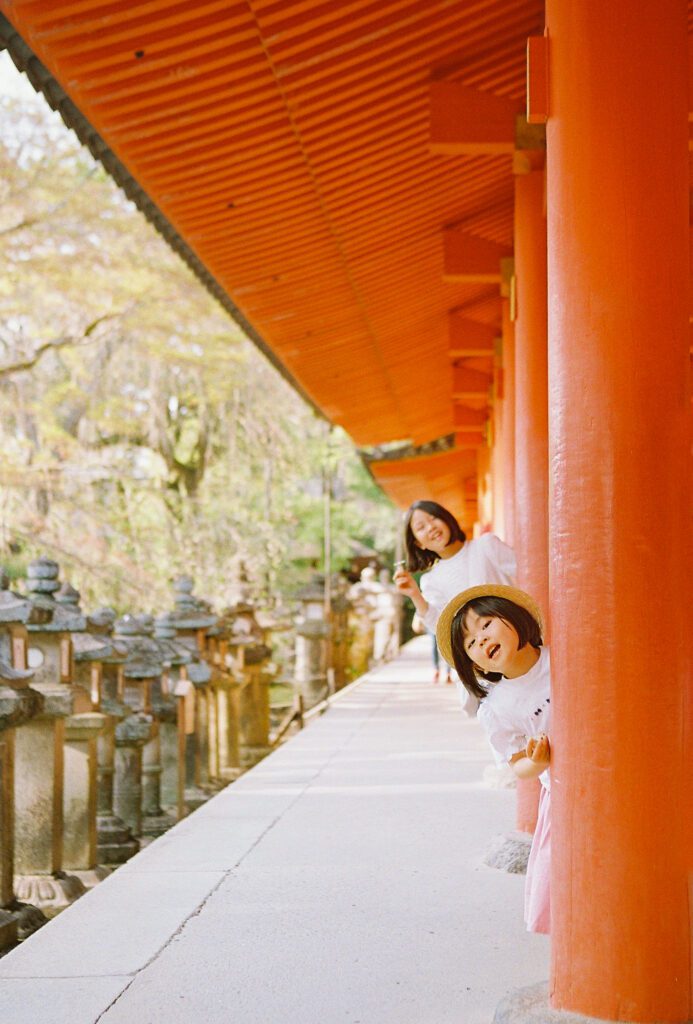
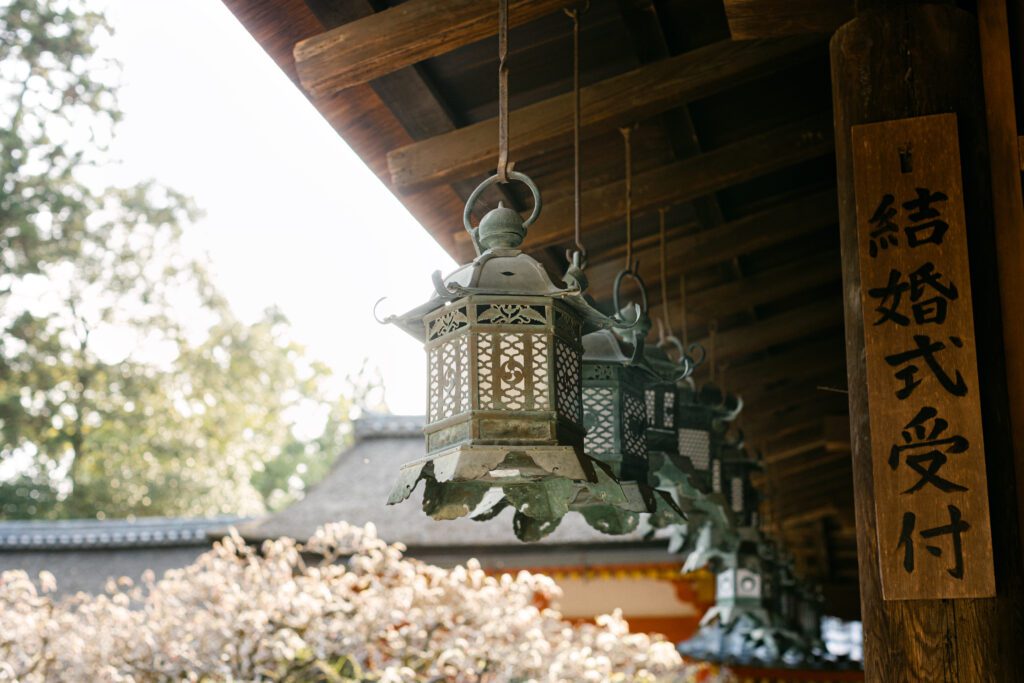
Our trip to Nagoya left a lasting impression on us, particularly due to our deep admiration for the Ghibli movies, mostly directed by Hayao Miyazaki. From “My Neighbor Totoro” to “Spirited Away” and “Castle in the Sky,” we have been inspired by the meticulous animation and heartfelt storylines. The newly opened Ghibli Park in Nagoya acted as a powerful magnet, drawing us there from the moment we arrived in Japan. However, a word of advice for those planning a trip there is to secure tickets with lightning speed. Visit their official website at least three months in advance, as reservations can only be made online and must be paid for at Lawson or other third-party stores. I must admit, it was the most complicated ticketing process we had ever encountered. But once inside the park, all our efforts were rewarded. Be sure to check it out.
Nagoya is also famous for being the birthplace of Toyota. There are three Toyota museums in Nagoya, and by chance, we ended up visiting two of them. Each museum has its own unique features. The one near Nagata train station is the original manufacturing location of Toyota. Did you know that Toyota was originally a textile manufacturer? It was also fascinating to learn that the name “Toyota” replaced “Toyoda,” which was the owner’s surname and also the inventor of Japan’s first textile machine. The reason for the name change was that “Toyota” consists of eight strokes in Japanese characters, which are considered lucky numbers in Japan. The manufacturing museum showcases the various processes involved in car manufacturing and includes a section designed to help children understand the history of automobiles. The other Toyota museum displays a wide range of vehicles, from basic models to electric cars. One of the most captivating collections is the array of historical Toyota accessories.
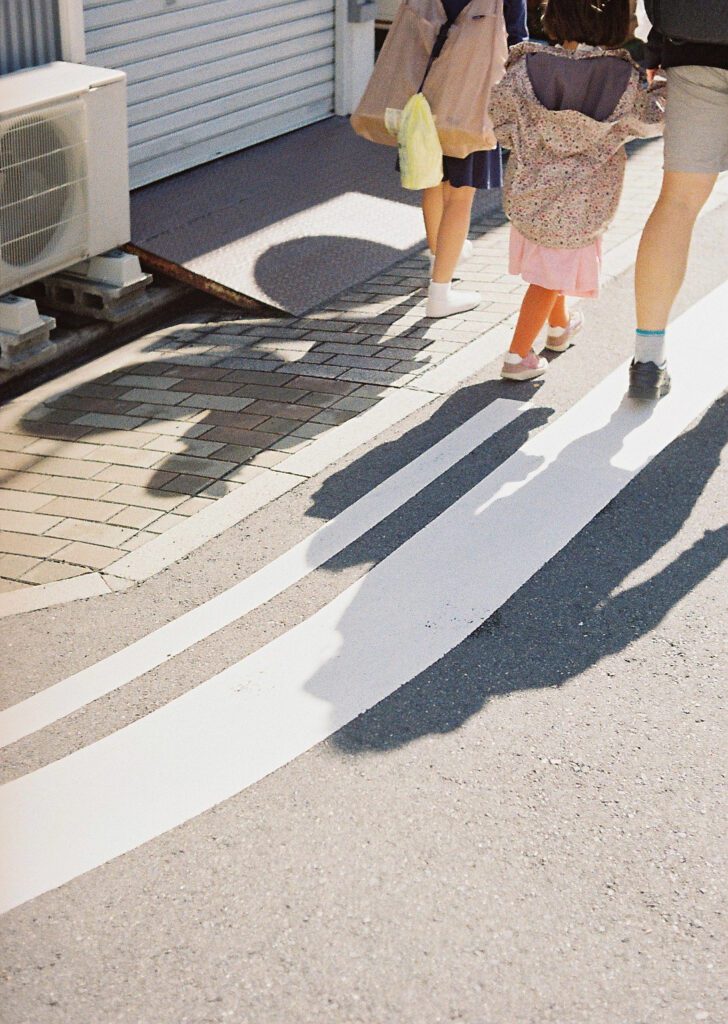
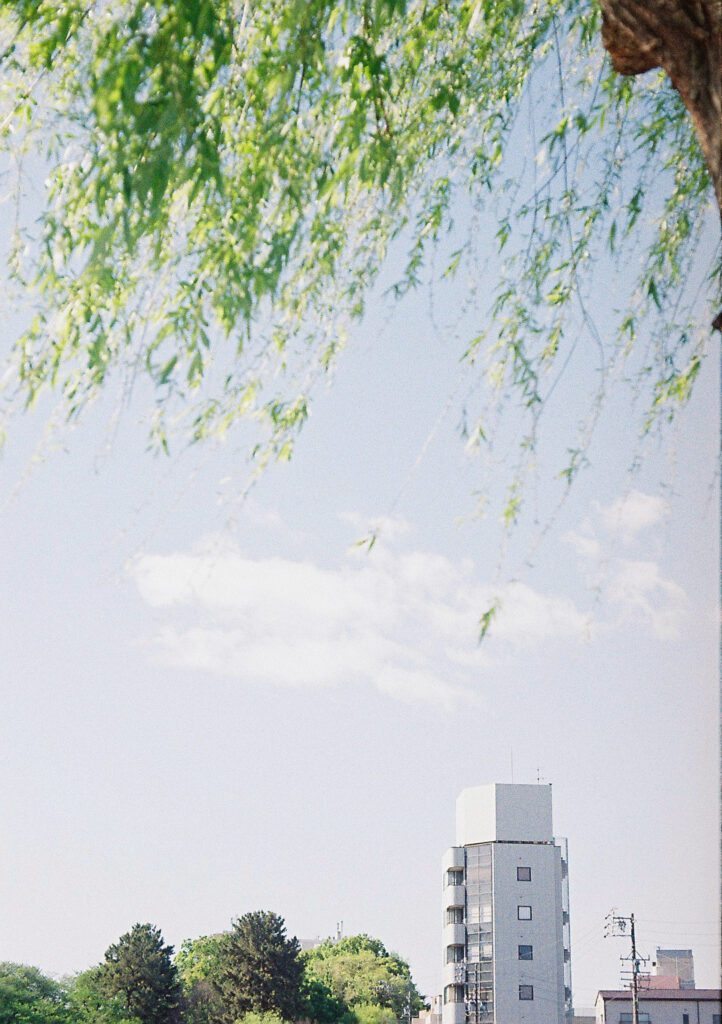
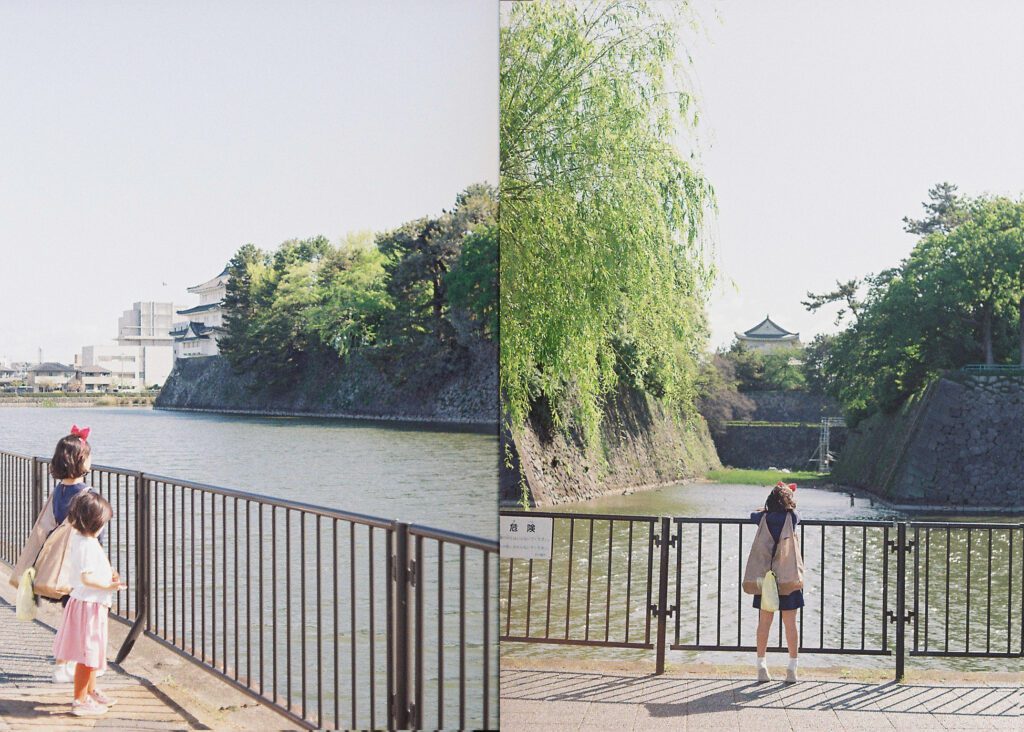
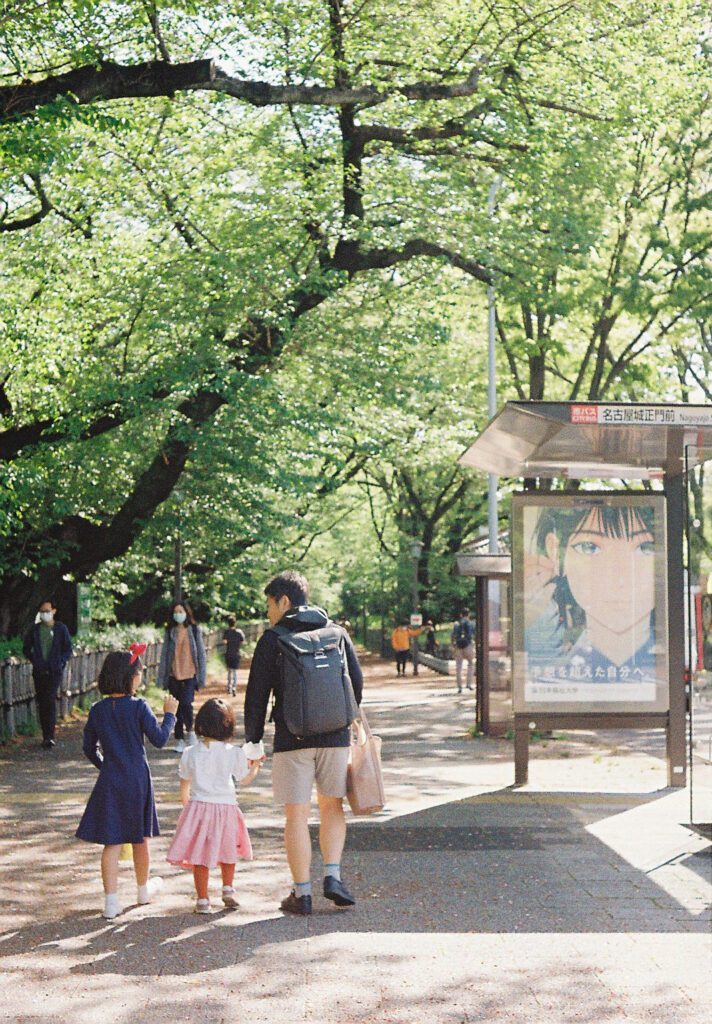
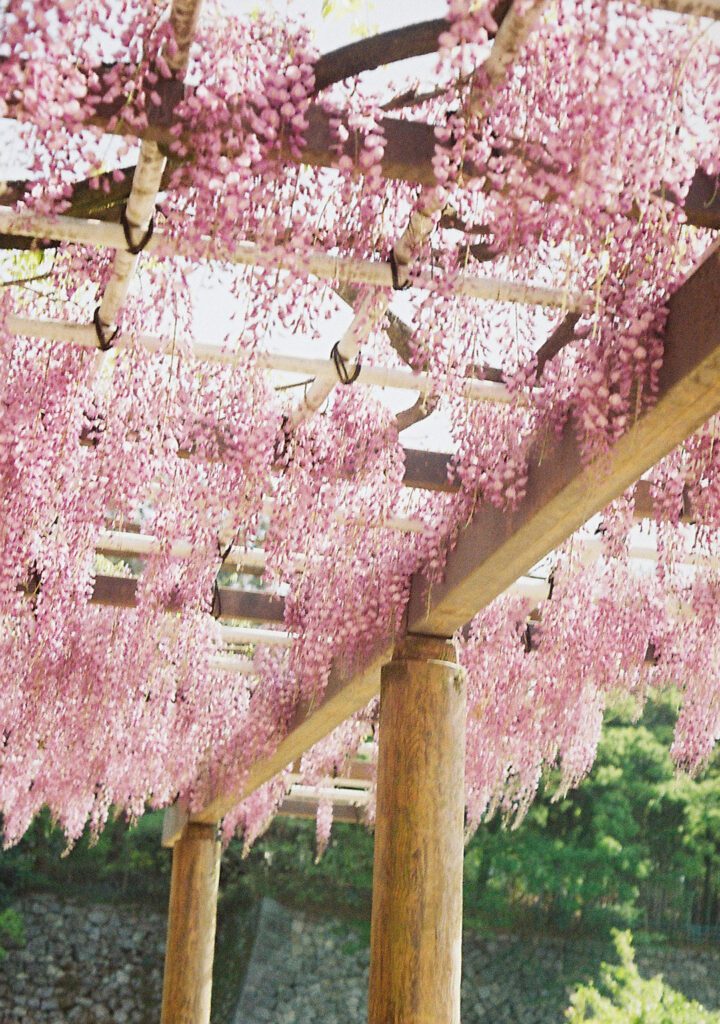
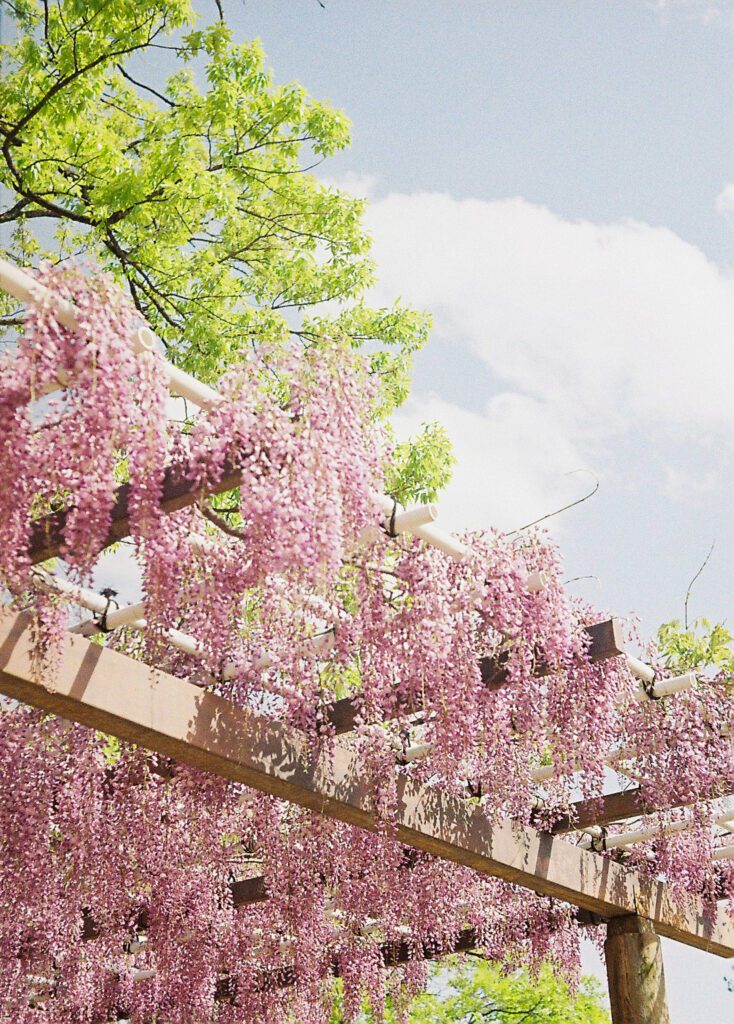
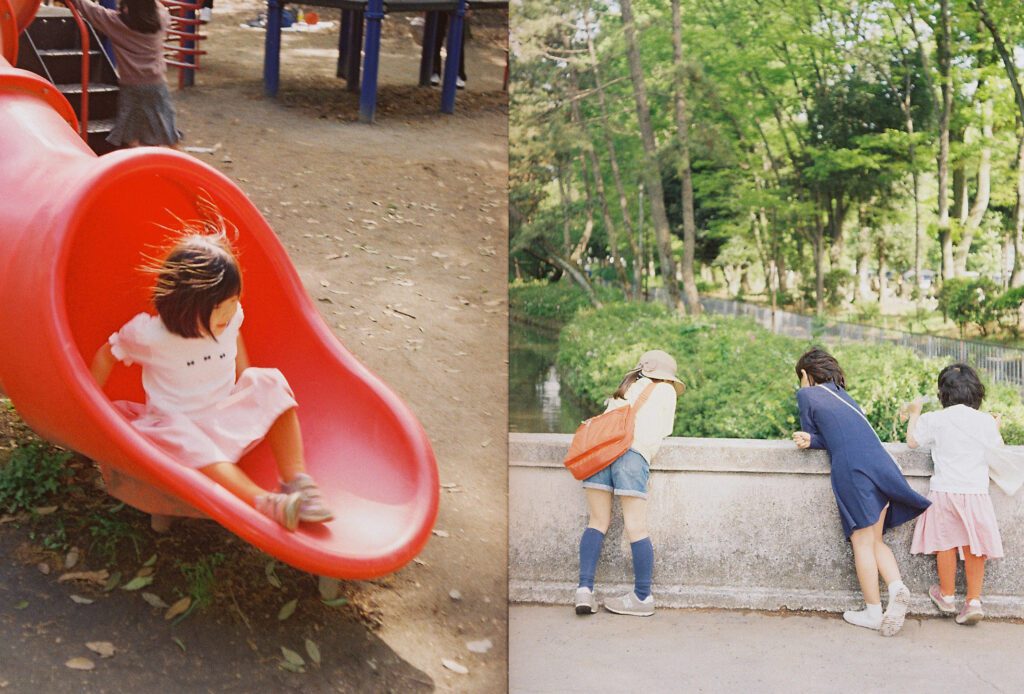
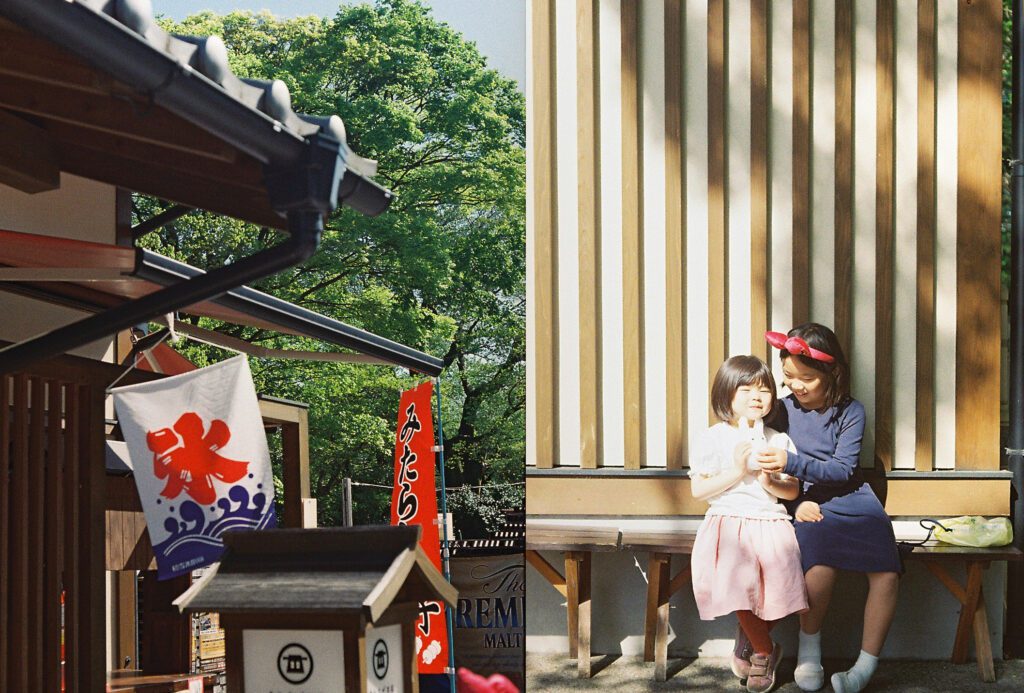
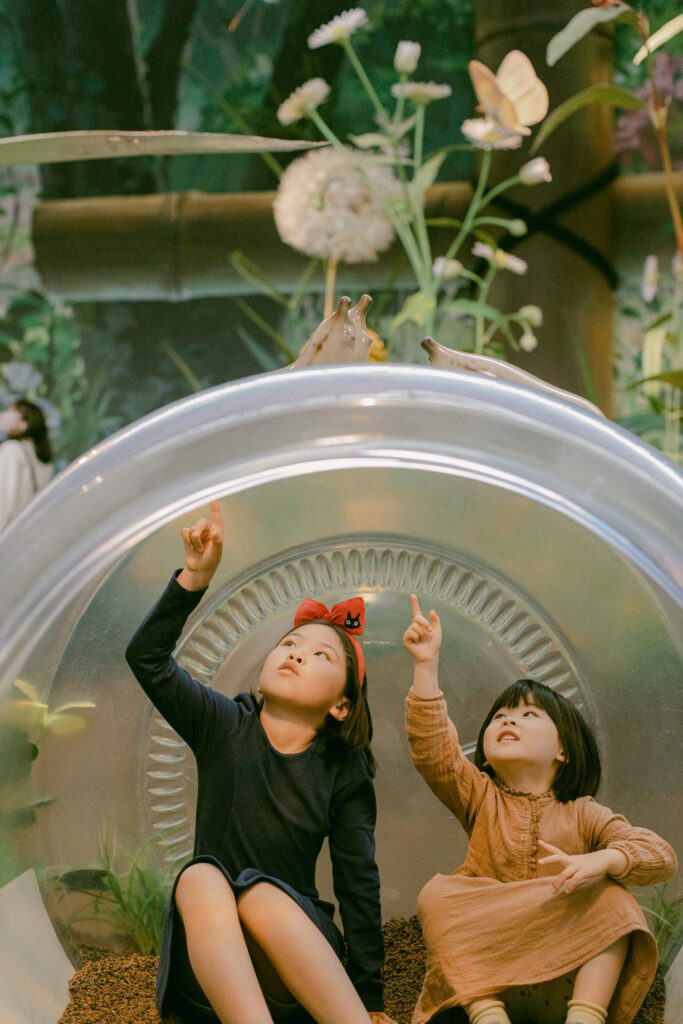
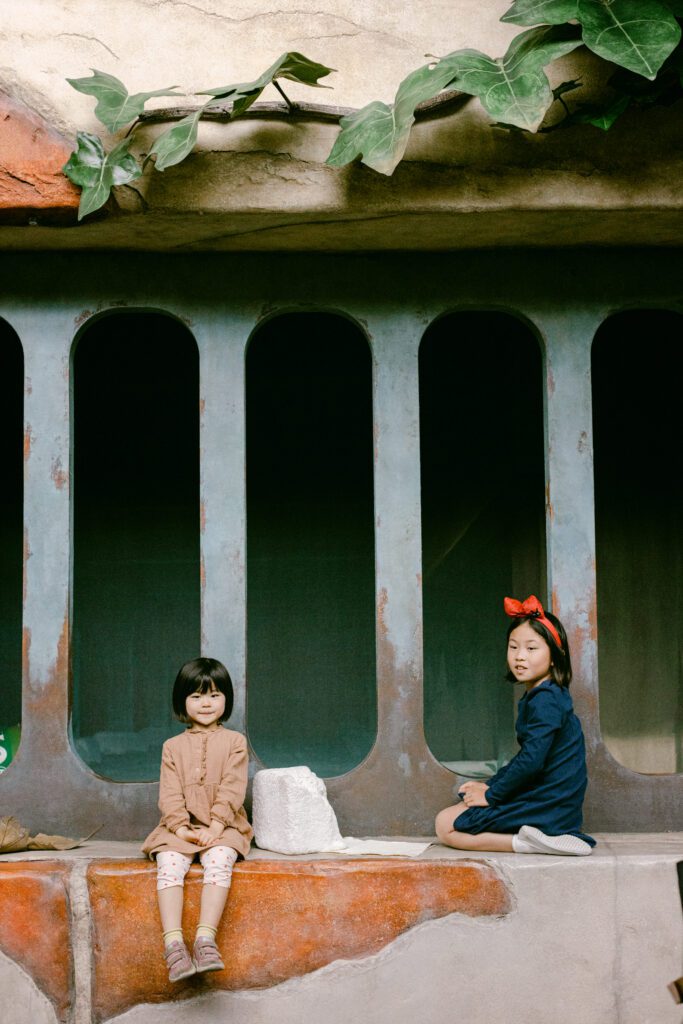
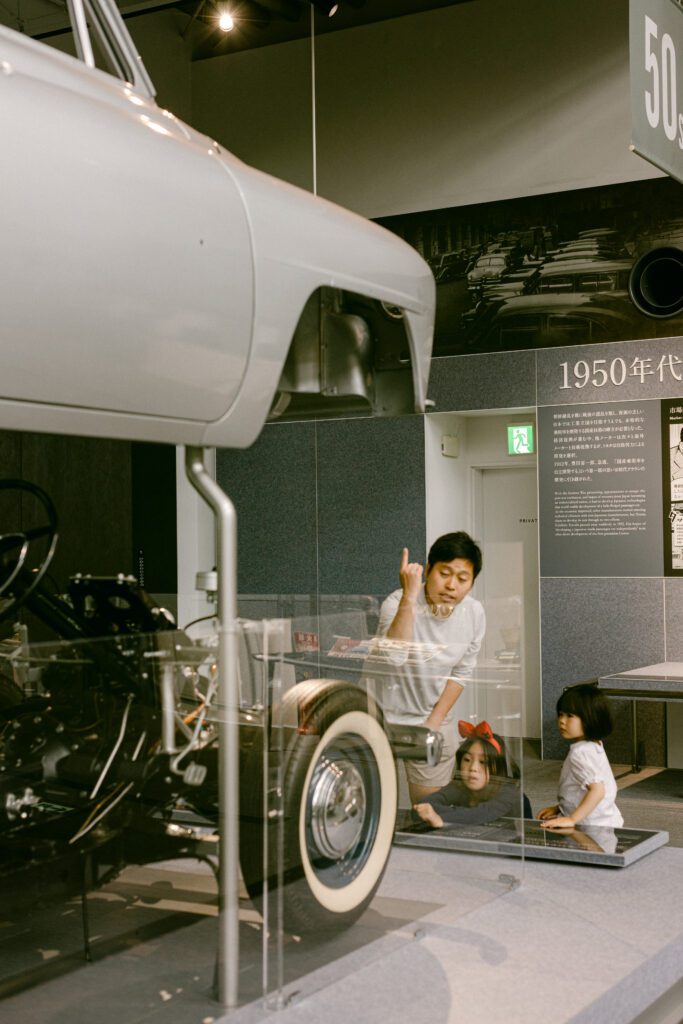
Kobe is situated on a hillside that slopes down to the sea, overlooking the man-made island of Kansei International Airport. Since it was a maritime gateway for trade with China, Kobe has been home to one of the first foreign communities after Japan opened up to the world in the mid-19th century. Taking the cable car ride to Mount Rokko was an amazing experience, especially during the sunset when the view from Sannomiya Station’s observation deck comes alive. At night, Kobe really comes into own when the streets come alive with flashing neon and beckoning residents with promises of tasty food and good times. Kobe’s relatively small size makes it a pleasure for casual wandering and stopping in its high-quality restaurants and café. Undoubtedly, the renowned Kobe beef stands out as the most delicious beef we have ever tasted. If time permits, the second day can be wisely spent wandering around Kobe Harbor or taking a city bus to explore further.
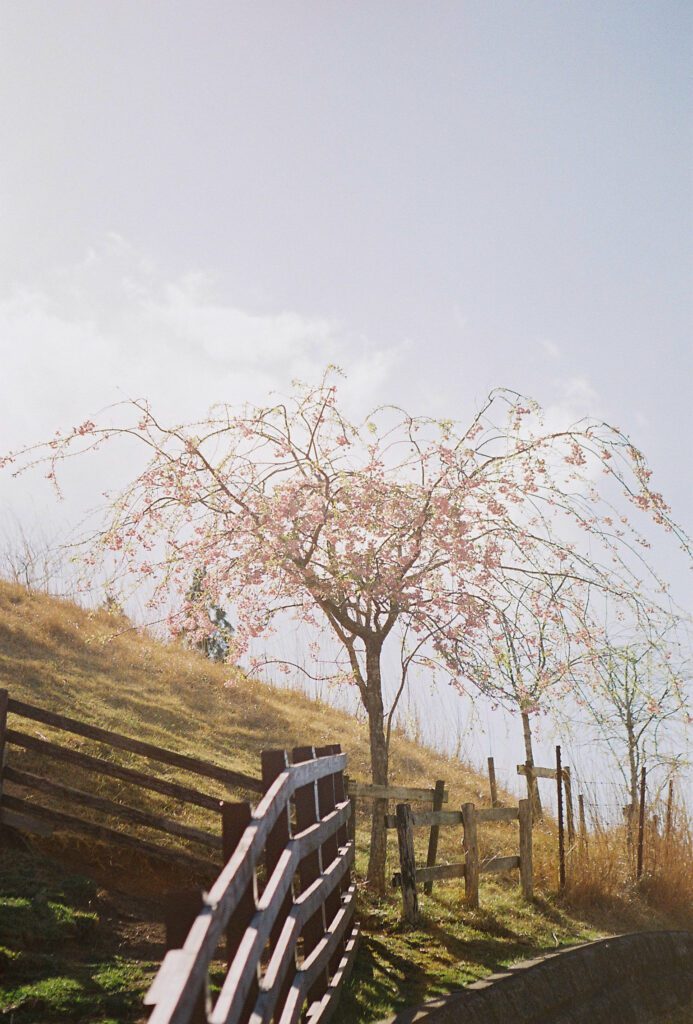
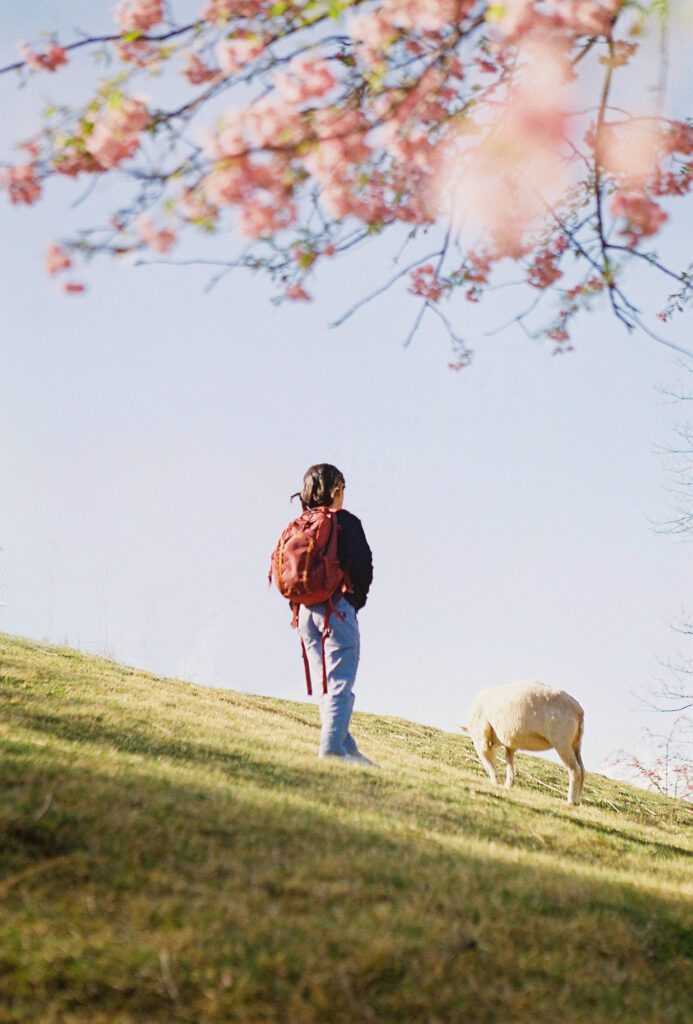
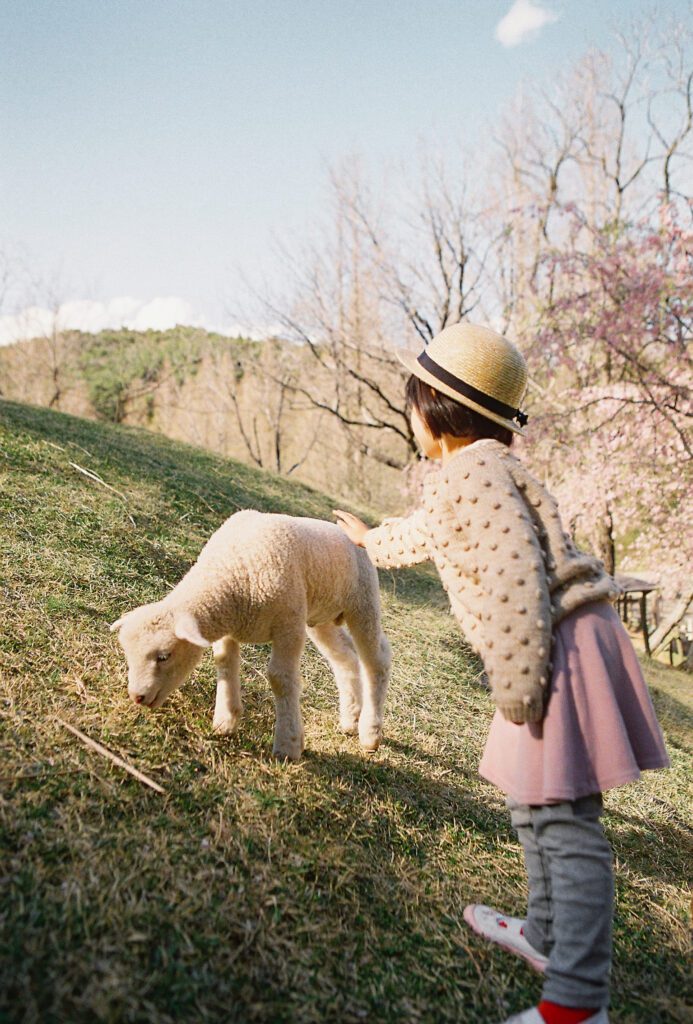
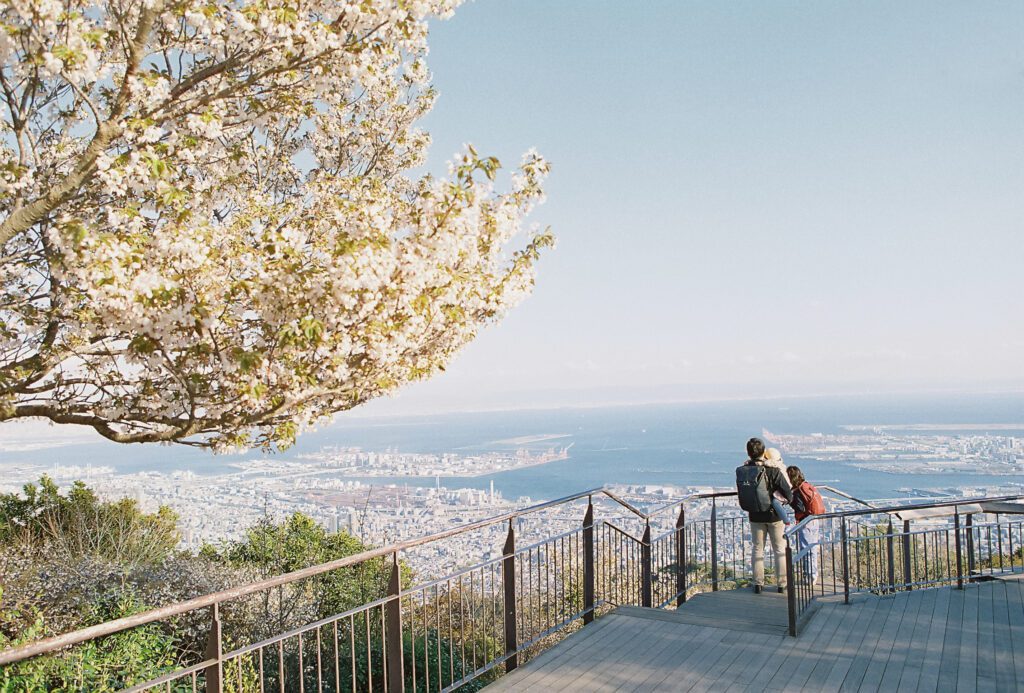
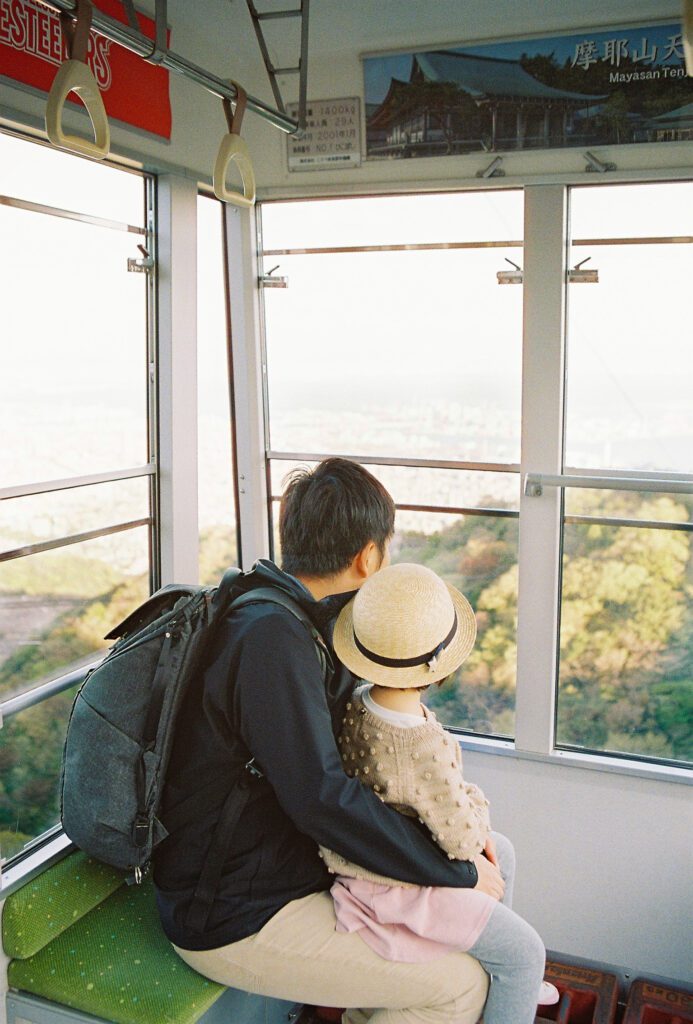
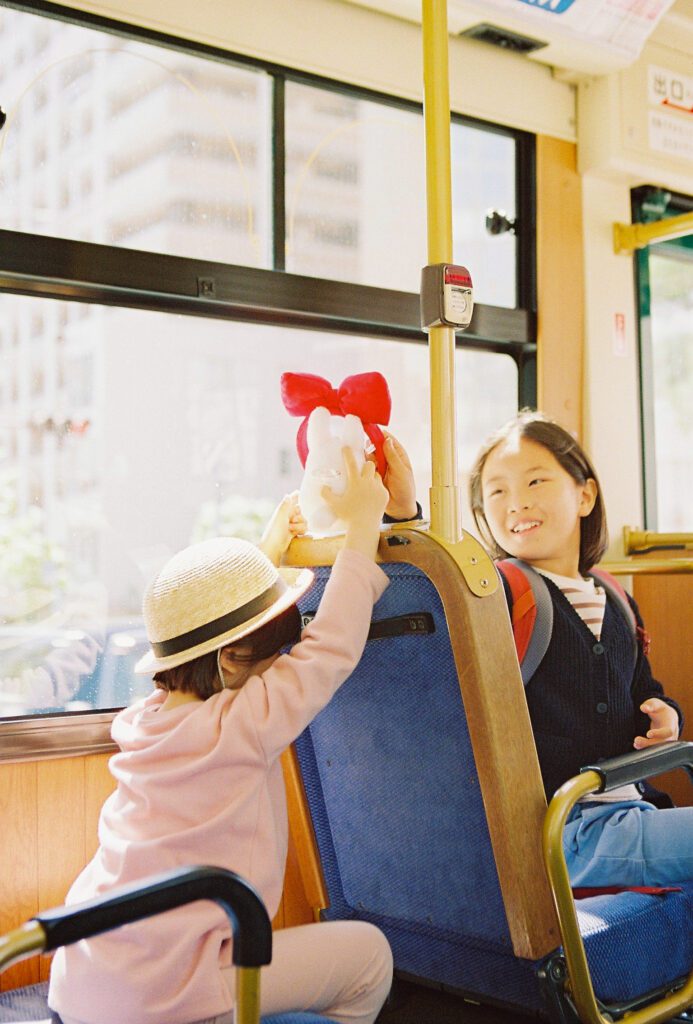
Sendai, the largest city in northern Japan, became our destination once again due to my husband’s meeting. It held special significance for us, as our first visit there took place during our honeymoon ten years ago. Unlike popular tourist destinations such as Tokyo or Osaka, Sendai is relatively lesser-known among tourists. This lends it a more appealing atmosphere for those seeking a less commercialized and crowded living environment. This time, with our children in tow, I focused on exploring places that are kid-friendly. They thoroughly enjoyed every place we visited, particularly the public bath in our hotel.
One of the highlights was the Sendai Aquarium, where we witnessed an amazing dolphin show and had the opportunity to poke out our own pearls from clams. Another delightful experience was the Anpanman Museum, where they had a great time. We even got to interact with a fox cub at the Fox Village. However, the most memorable part of our trip was our visit to Matsushima Bay, where we had the chance to paint our own kokeishi dolls. Matsushima, known for its picturesque pine-covered islands, has been revered as one of Japan’s three most scenic spots for centuries. This entire Tohoku region is blessed with abundant natural beauty and is home to many unique cultural traditions, such as the traditional Japanese wooden doll. Creating our own kokeishi dolls, from designing and painting to applying wax, was an incredible experience that allowed us to embrace the rich heritage of this area’s folk handicrafts.
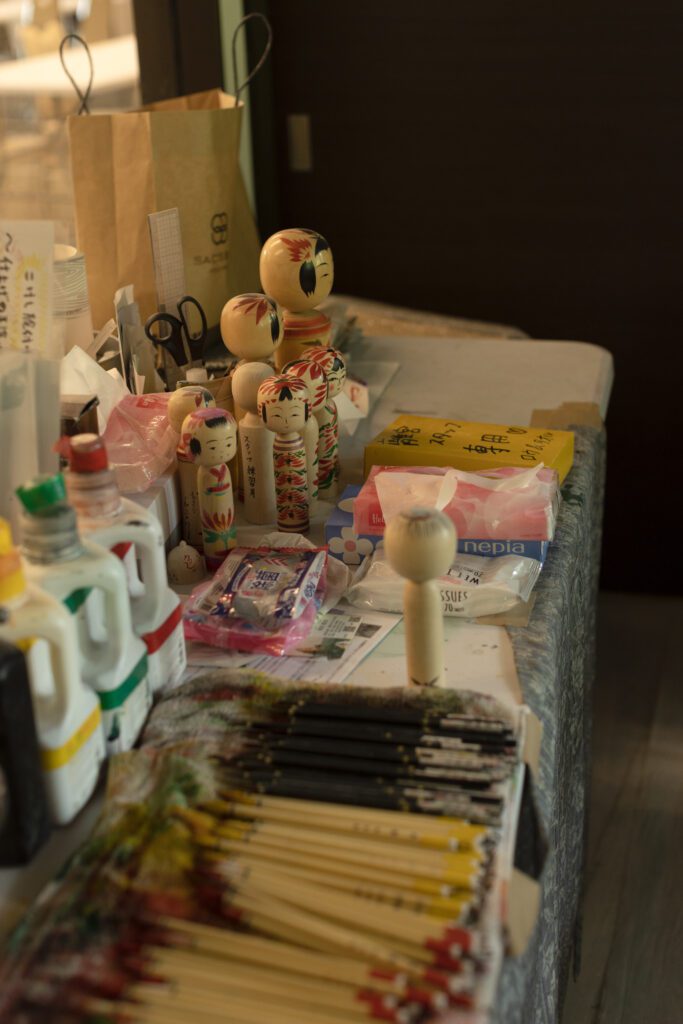
Mt. Fuji, known as the symbol of Japan, can occasionally be observed from various locations in nearby area, including certain skyscrapers in Tokyo, provided that the sky is clear. Even from a distance, Mt. Fuji presents a stunning sight, with the backdrop of a vibrant blue sky. Close up, the perfectly symmetrical cone of Japan’s tallest peak is nothing short of perfection. Kids said Mt. Fuji is like a bride adorned in the most enchanting gown, eagerly awaiting her big day. However, enjoying a good view, especially without any obstacles, requires some planning. It is not possible to catch a glimpse of the mountain every day. Generally, Mt. Fuji tends to be clearer during the summer season, which also offers the opportunity for hiking. We highly recommend that you plan your trip in advance by visiting the following website, which provides timely weather forecasts for the region to ensure optimal visibility:
fuji-san.info
Most tourists tend to gather in Kawaguchi-Ko to revel in the awe-inspiring view of Mt. Fuji. Even if climbing the mountain is not on their agenda, this location serves as an excellent spot to relax and appreciate the offerings of the adjacent lake. Biking around the lake offers different perspectives of Mt. Fuji, providing a delightful experience. The children, in particular, had a remarkable time at the lake, assisting many fish in overcoming upstream challenges, and capping off their adventure with a delightful treat of mochi ice cream by the lake.
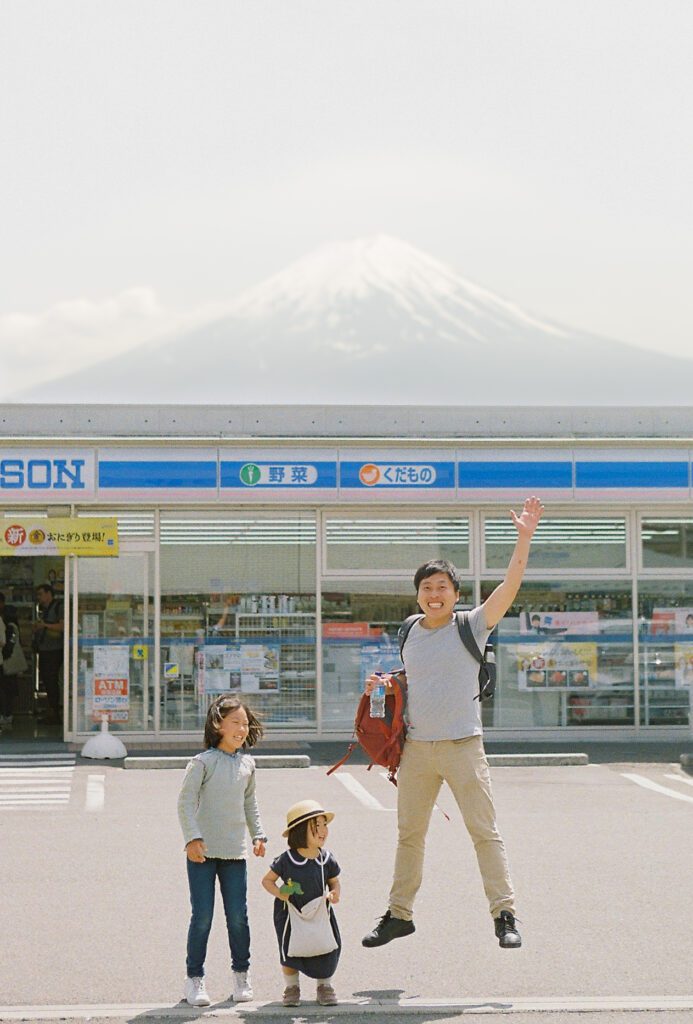
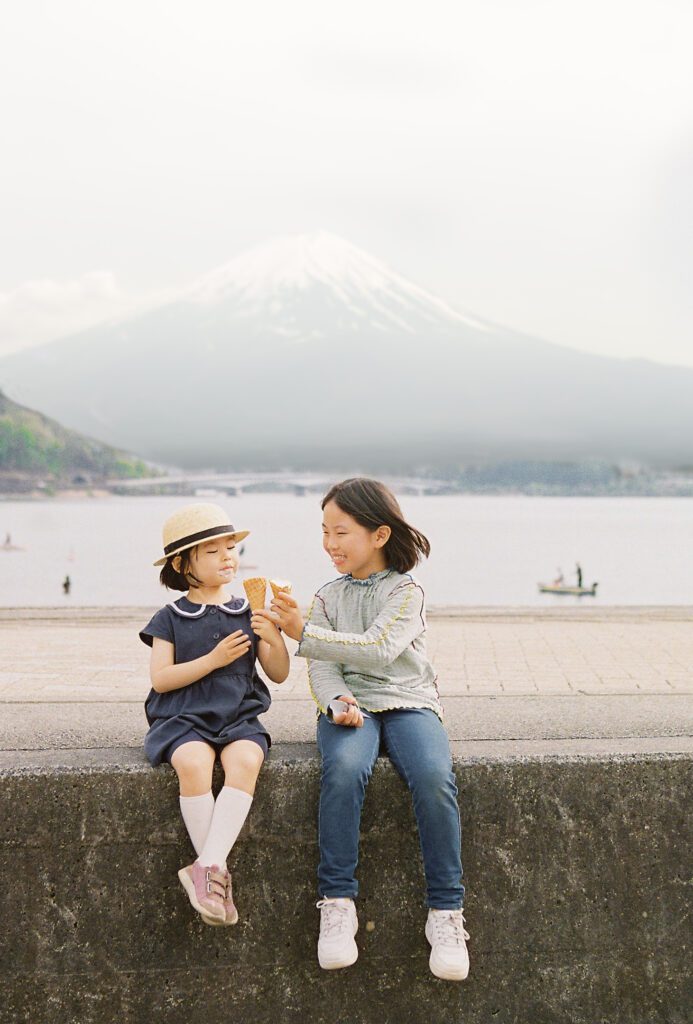
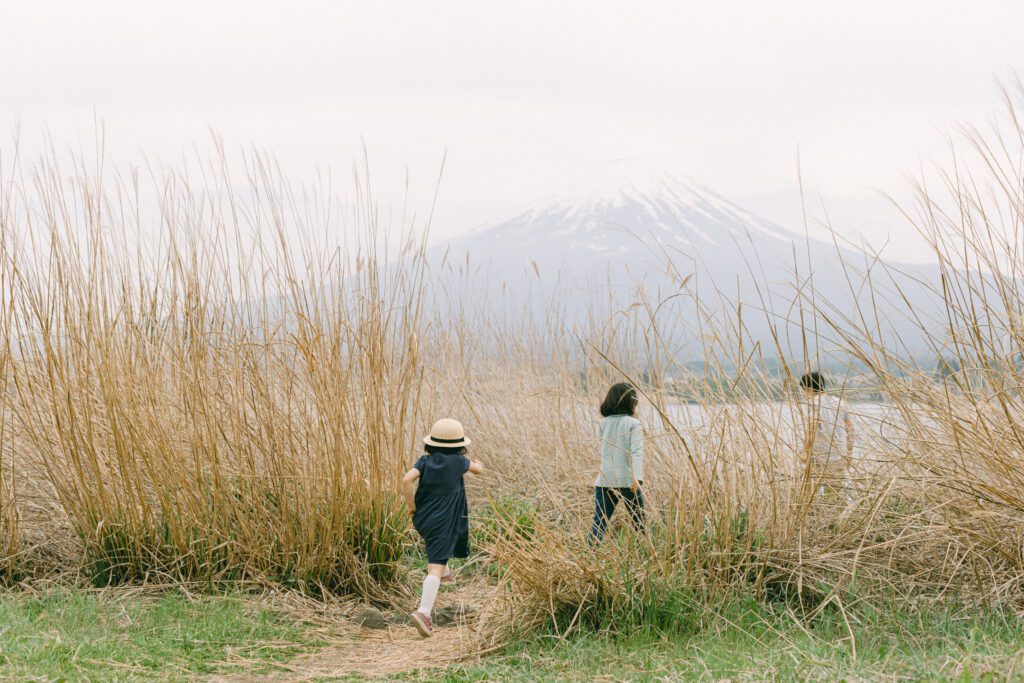
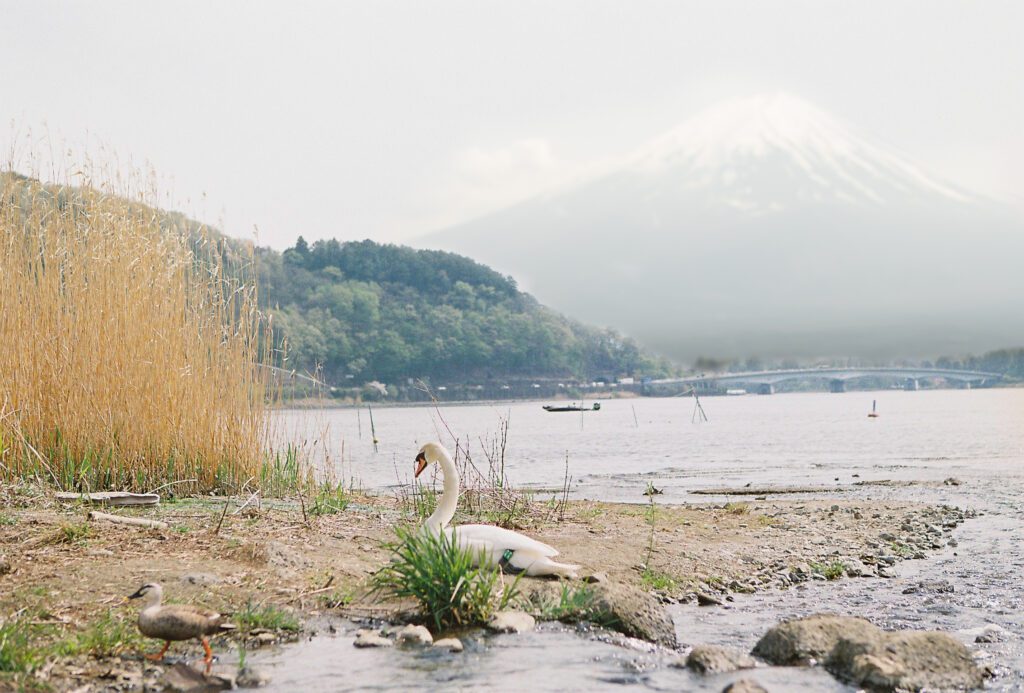
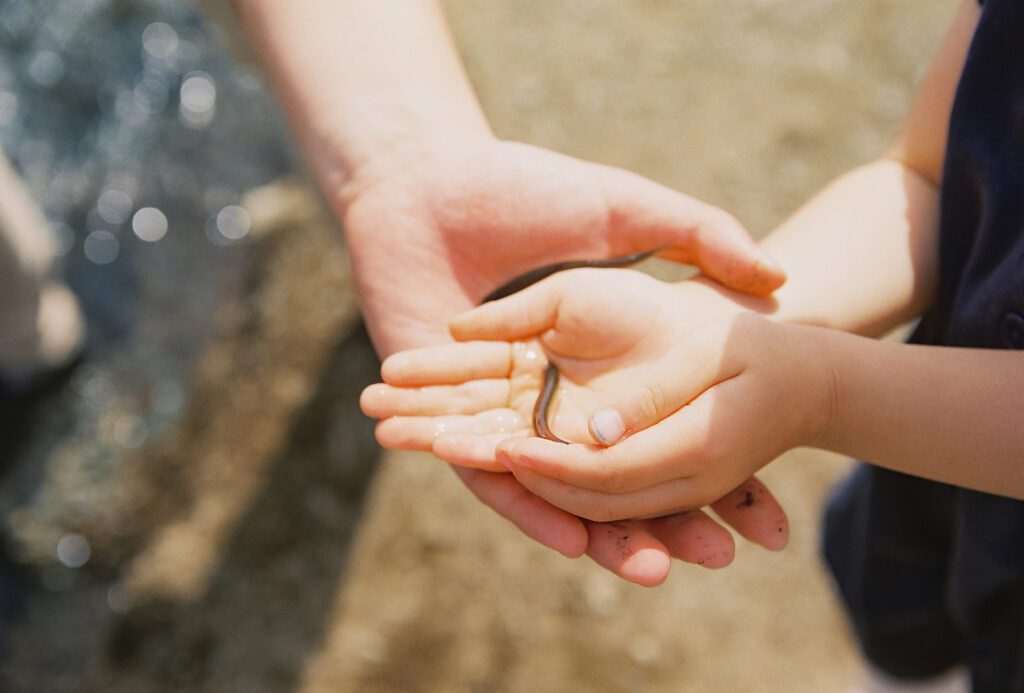
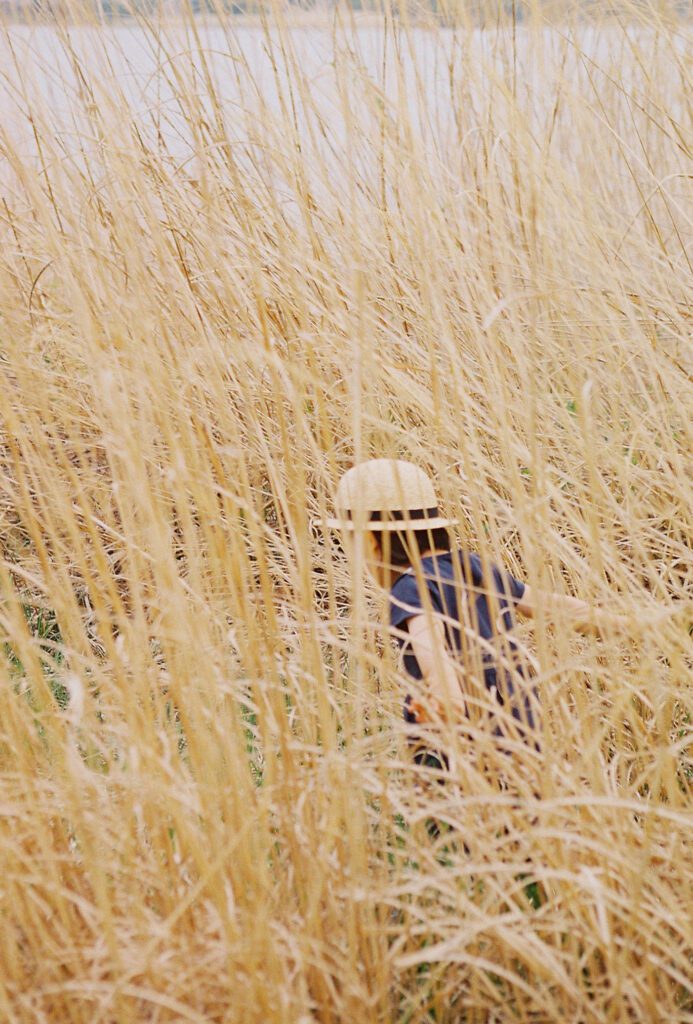
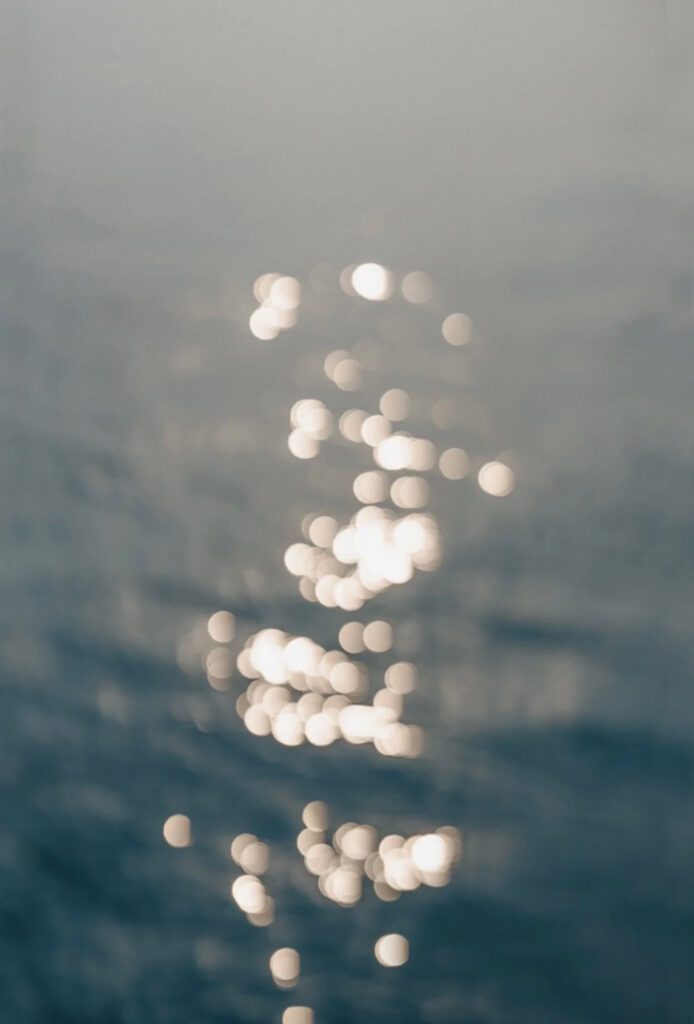
As sunset approached, we managed to secure accommodation at a hostel near Fuji-yoshida, one of the primary gateway towns to the Mt. Fuji area. This location proved to be incredibly convenient for admiring Mt. Fuji, as it appeared to be just at the end of the road. The people in this quaint town appeared genuine and unaffected by excessive commercialization. Despite the following day being quite cloudy that Mt Fuji was hidden, we still still had a good time there.
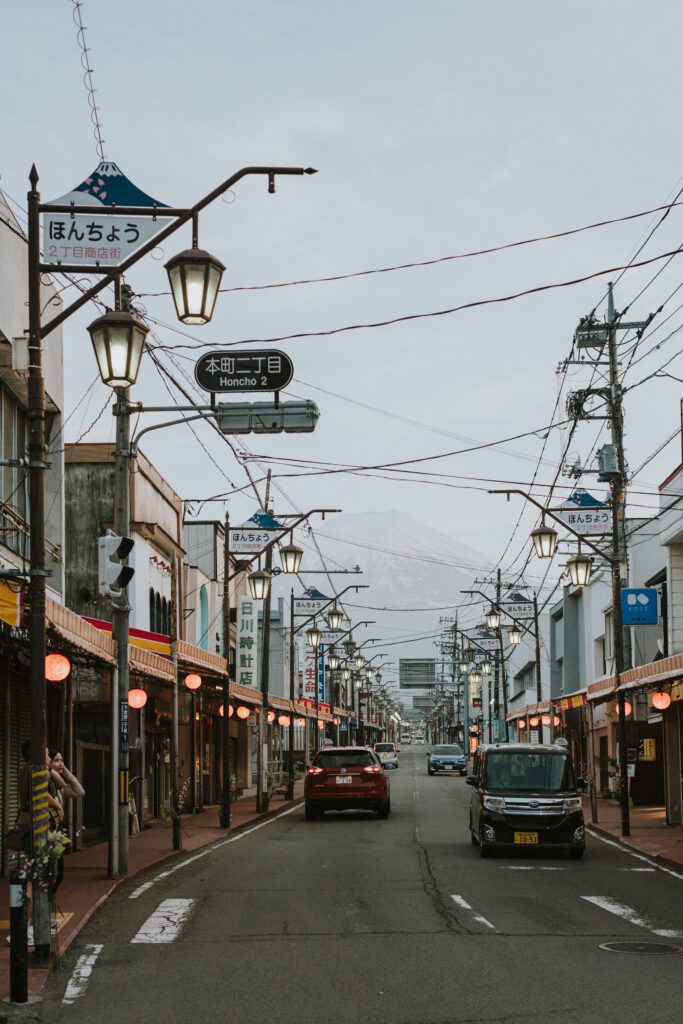
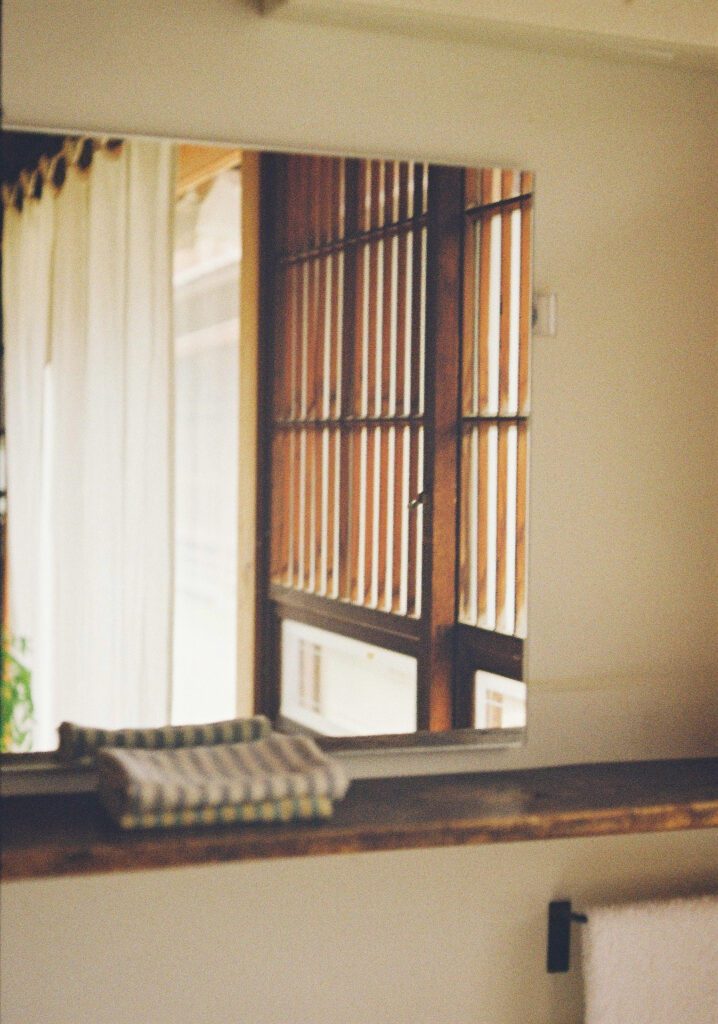
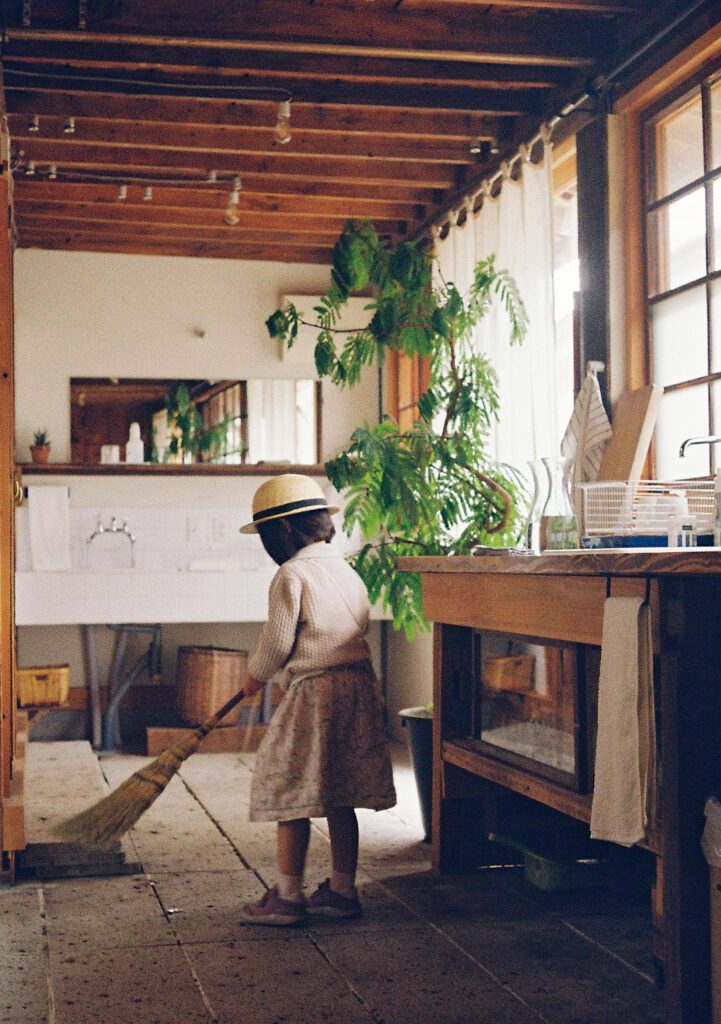
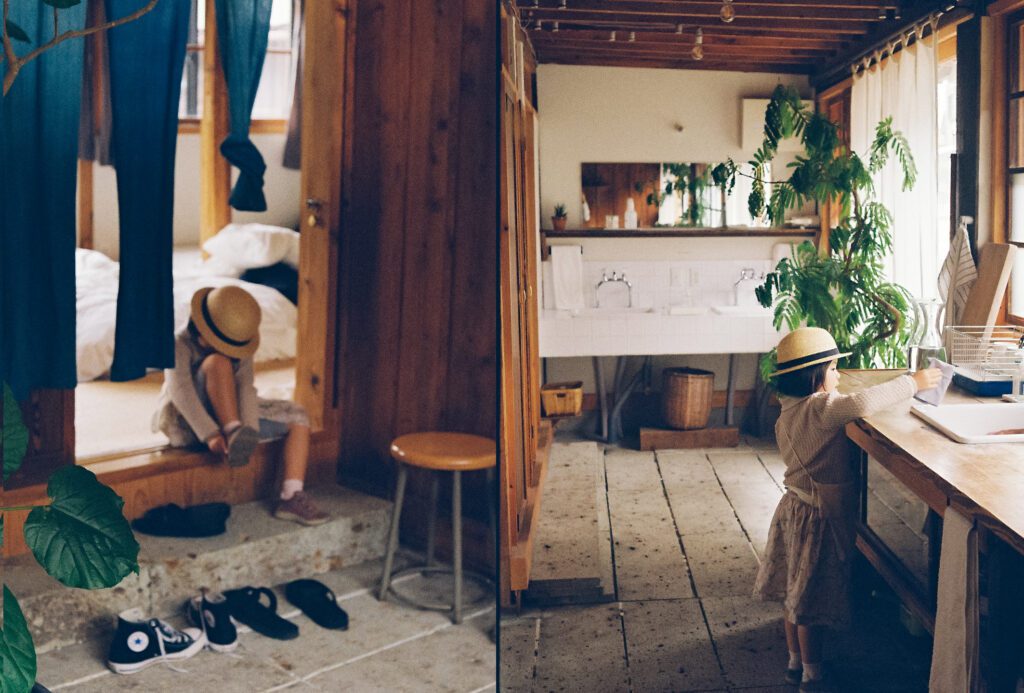
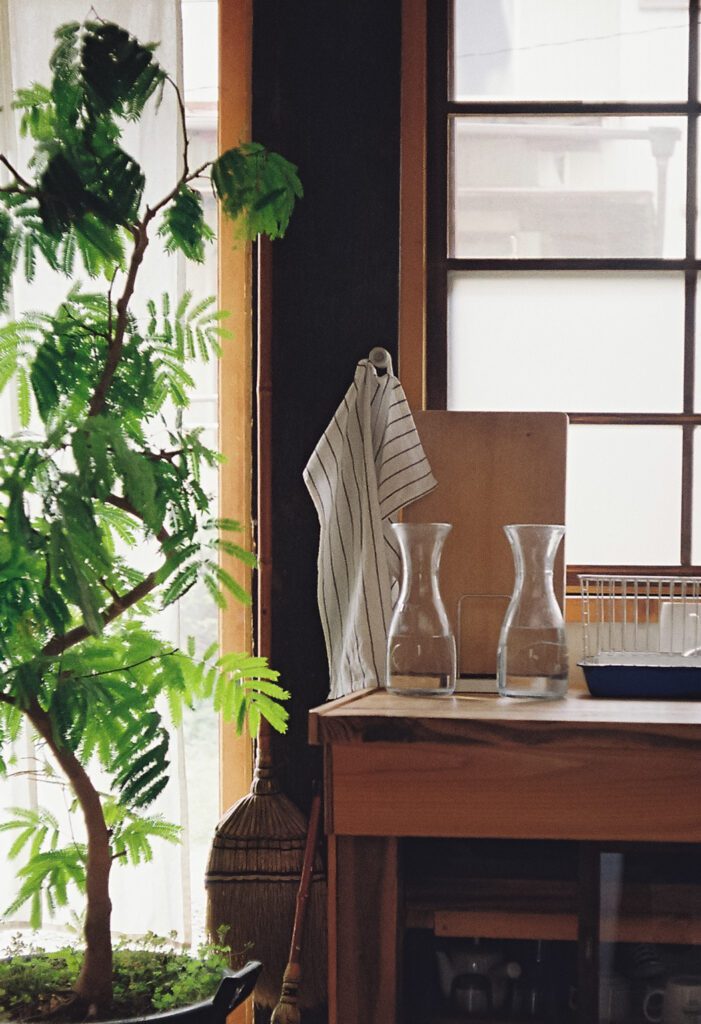
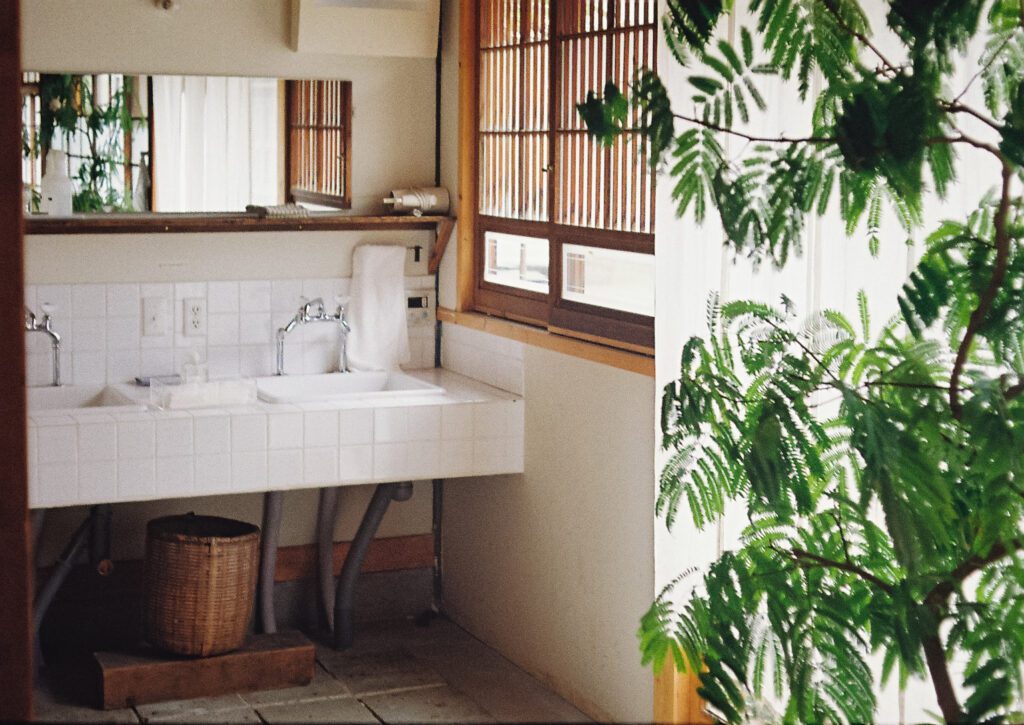
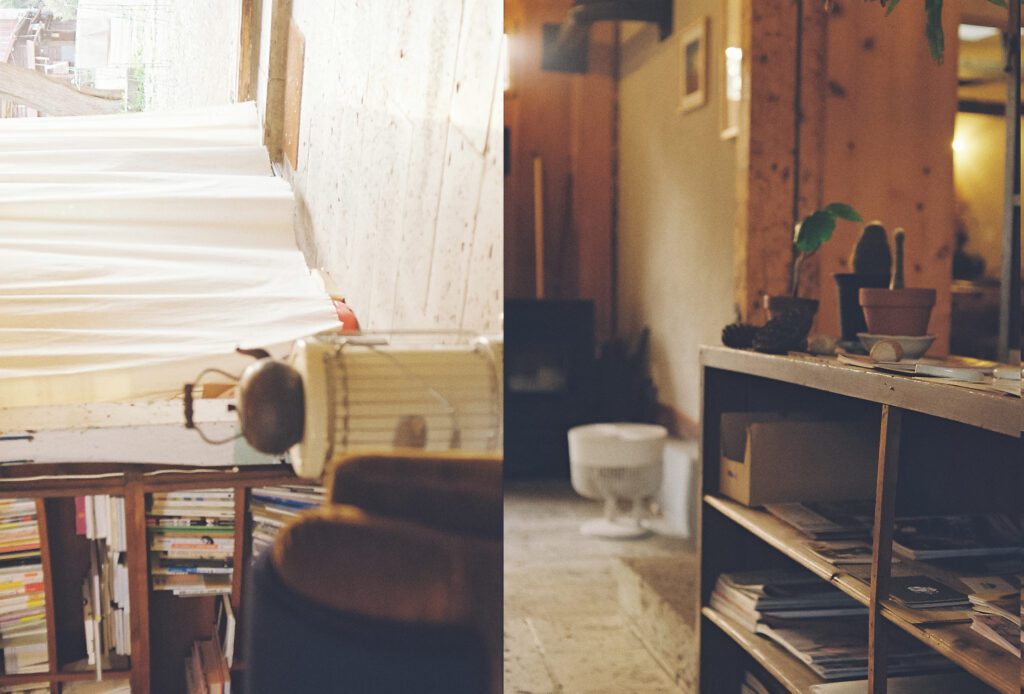
Tokyo, renowned as the most densely populated city in the world, stands in contrast to Kyoto, as it embodies the concept of embracing the new rather than preserving the old. It is often said that if you have a week to spend in Japan, you should explore both Tokyo and Kyoto, as these two cities offer distinct flavors of the country.
As a country girl, I may not be naturally drawn to bustling metropolises like Tokyo. However, there is no denying that Tokyo is a destination worth experiencing. The first must-visit location is Shibuya crossing, rumored to be the busiest intersection globally. This iconic crossing, also known as Shibuya scramble, resembles a giant pulsating heart, sending people in all directions with each change of traffic lights. Perhaps nowhere else says”welcome to Tokyo better than this.
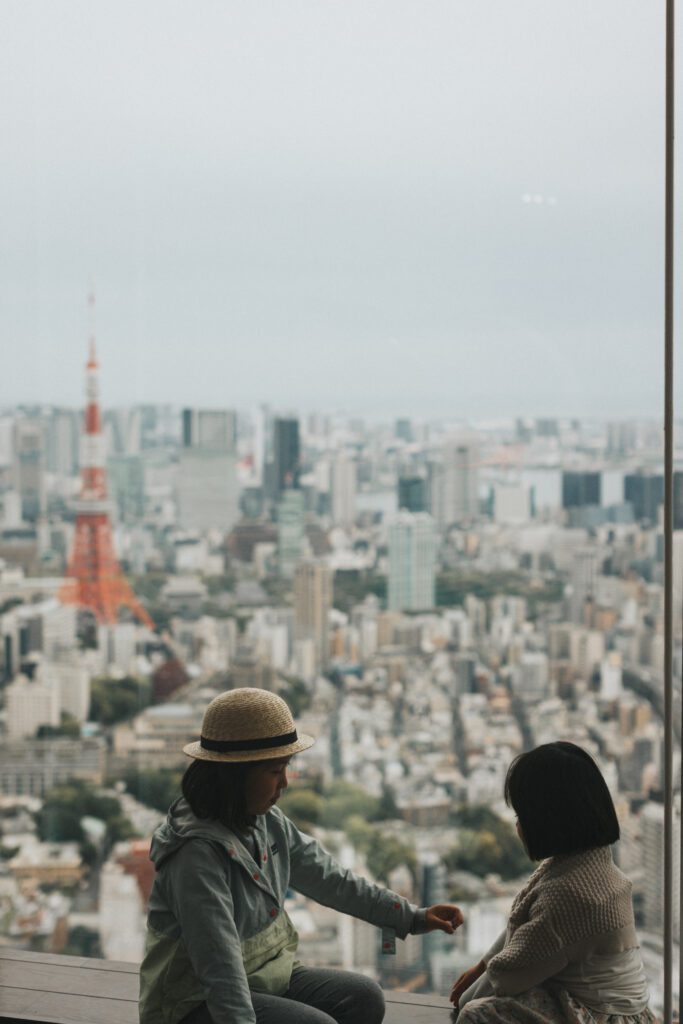
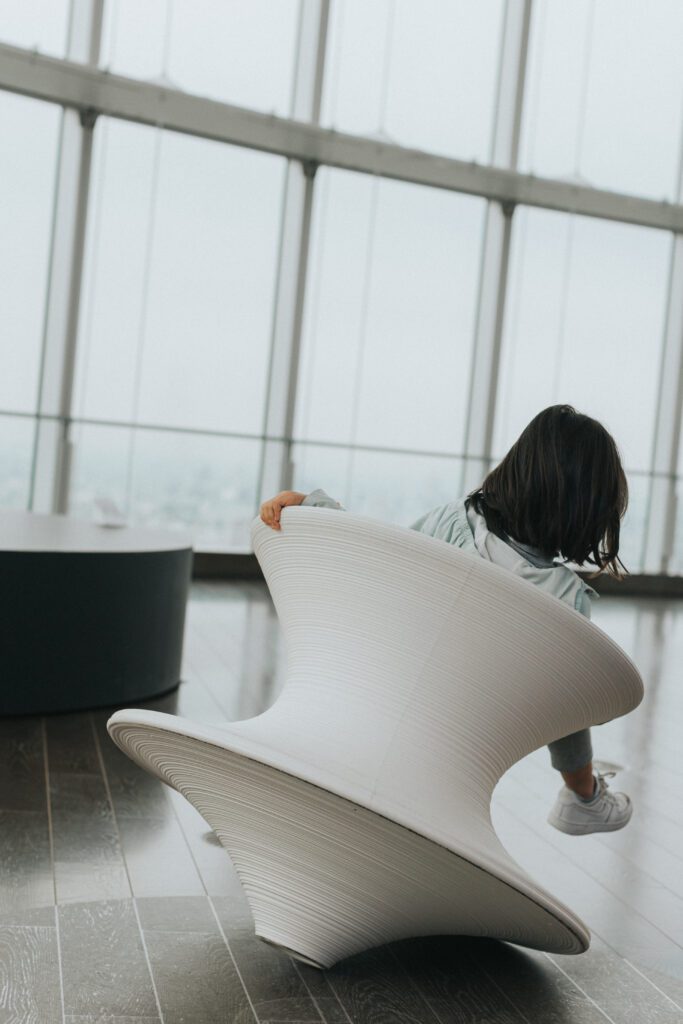
A trip to Tokyo would be incomplete without a side-trip to Kamakura, a suburb located within an hour’s train ride from the city. Kamakura offers a contrasting atmosphere to the bustling Tokyo, with a laid-back and down-to-earth vibe. This charming place is blessed with nature surrounded by the sea and the mountains. Whether you seek a panoramic view of the area from Enoshima Island or a nostalgic experience by riding the Enoden railway, which runs along the seaside beyond the train tracks, Kamakura will surpass your expectations.
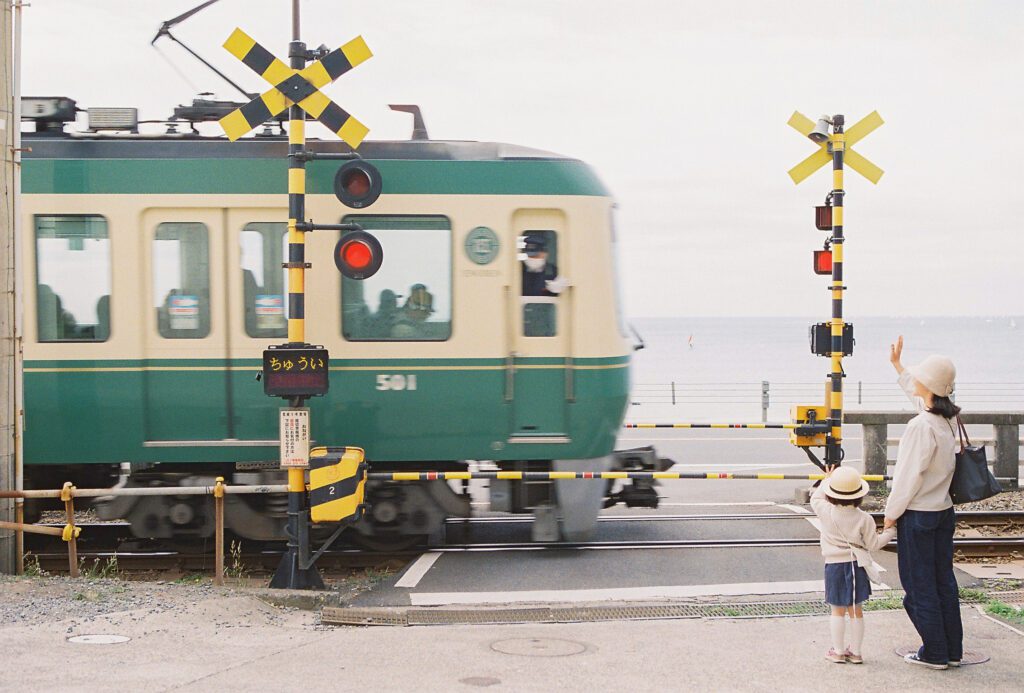
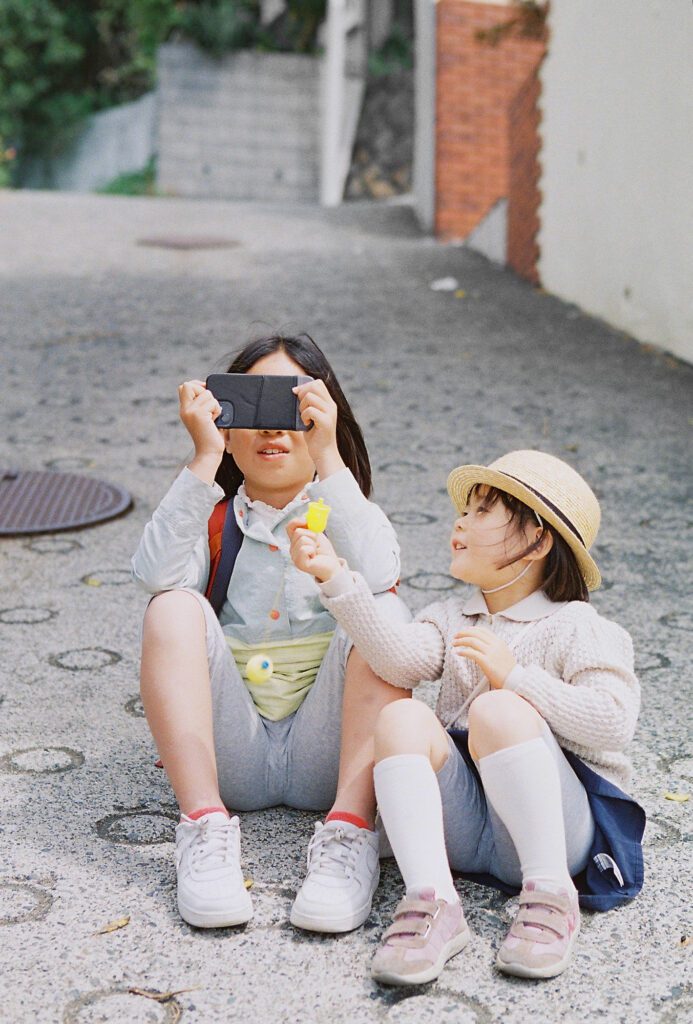
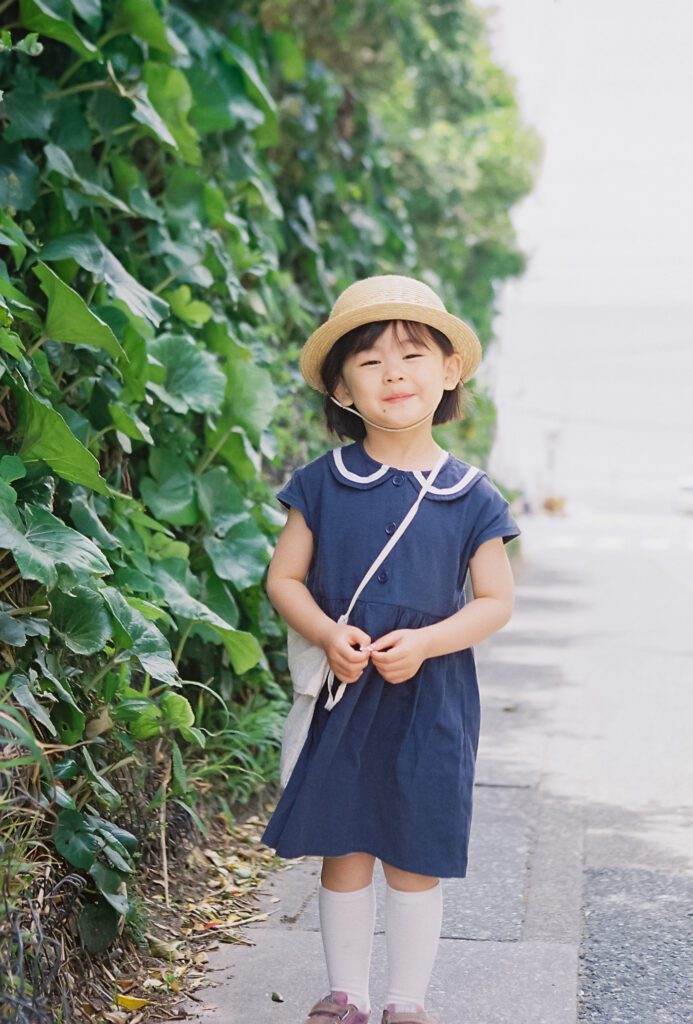
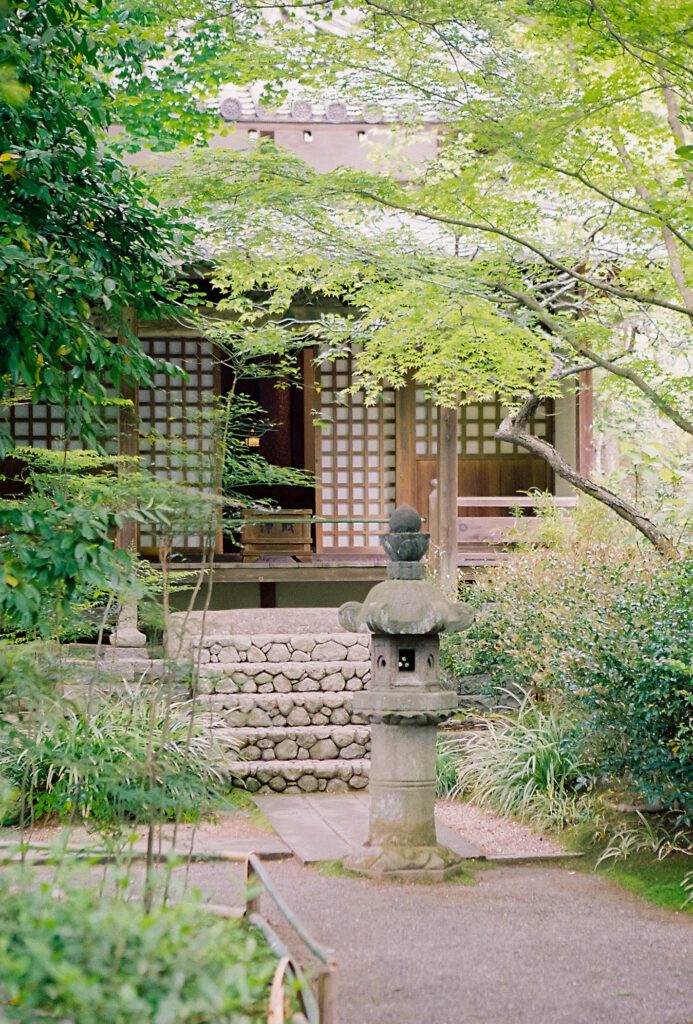
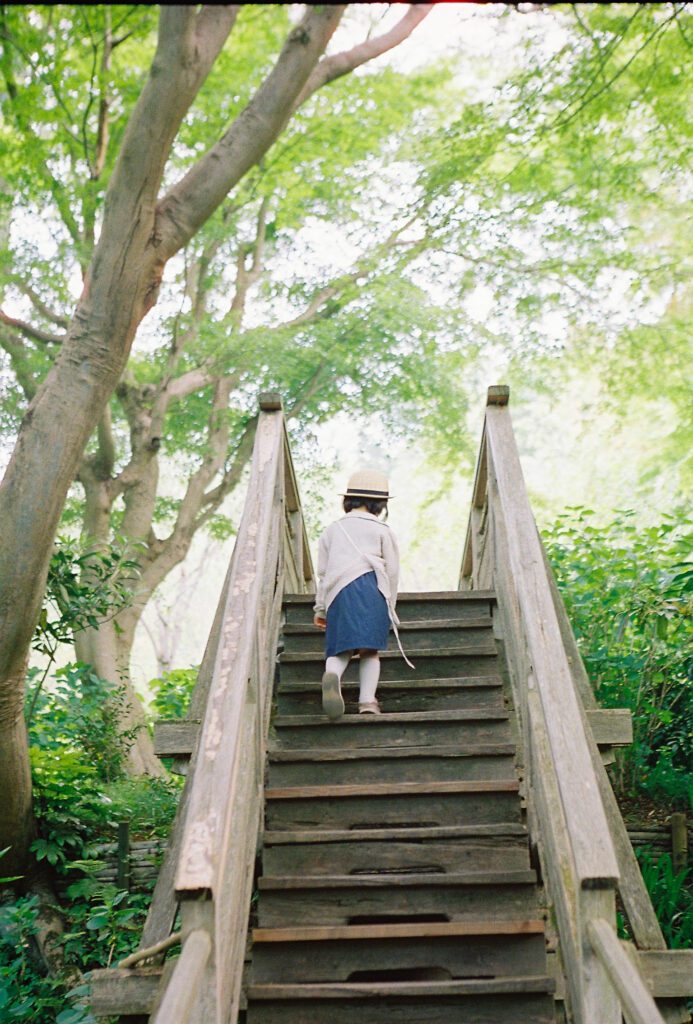
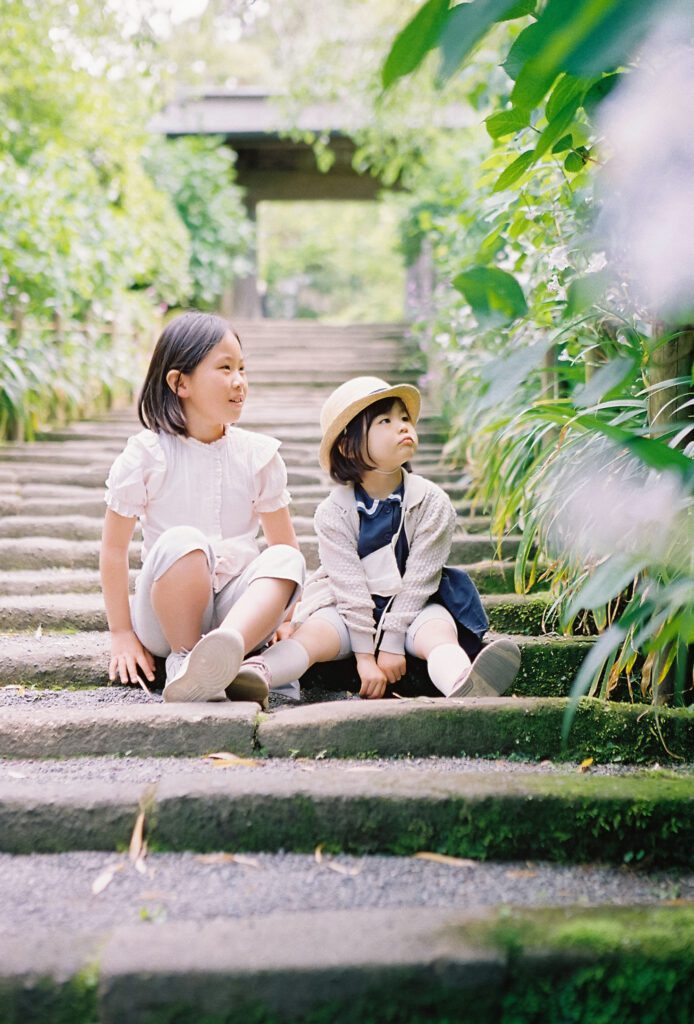
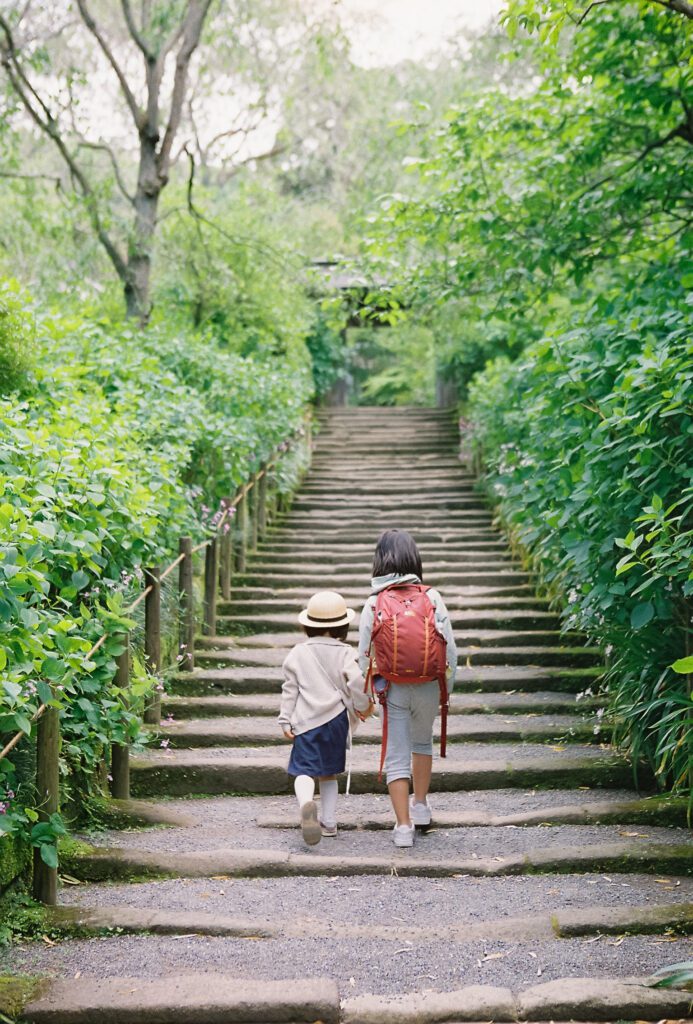
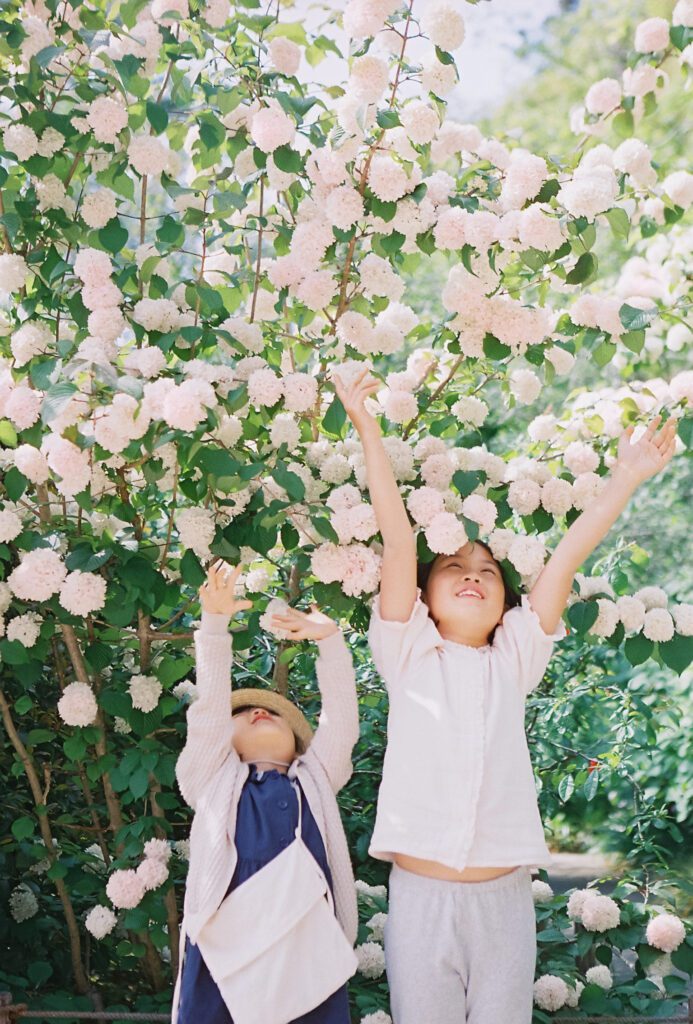
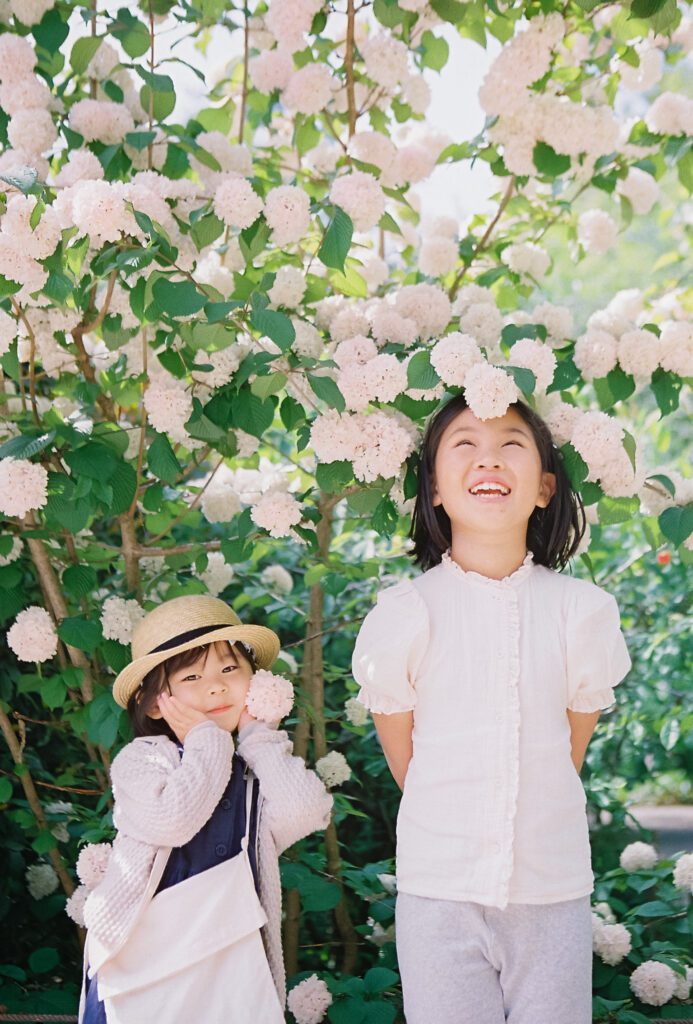
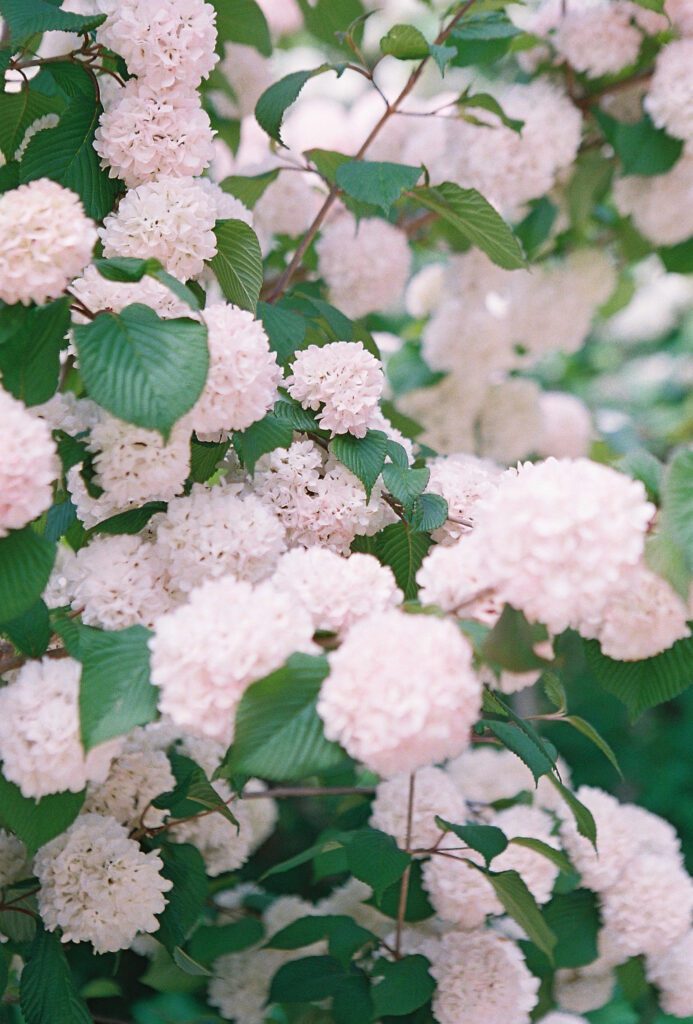
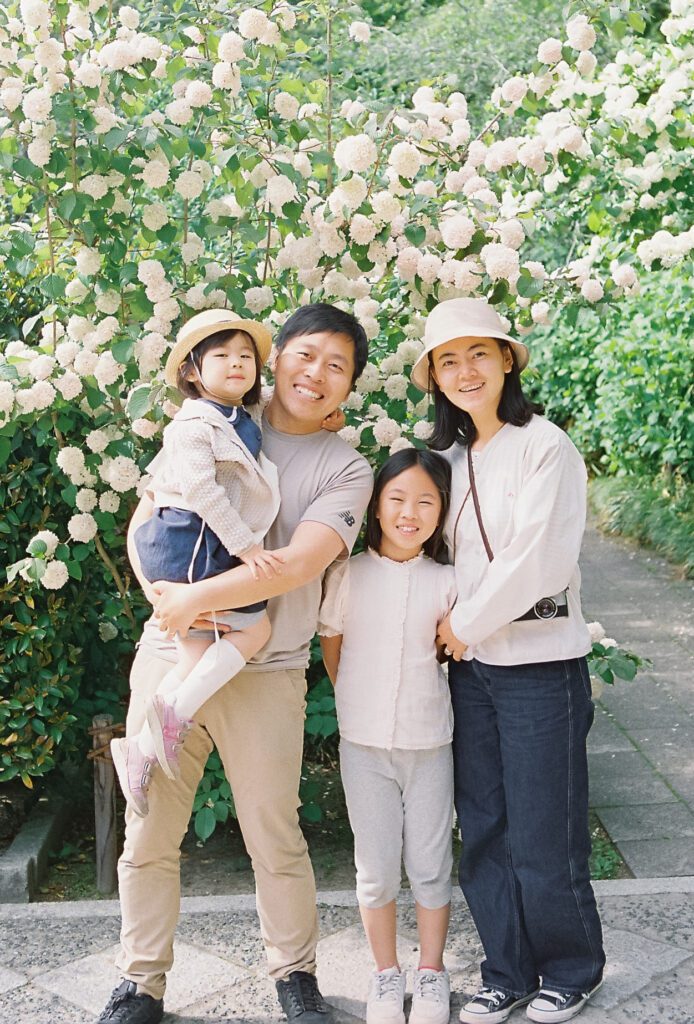
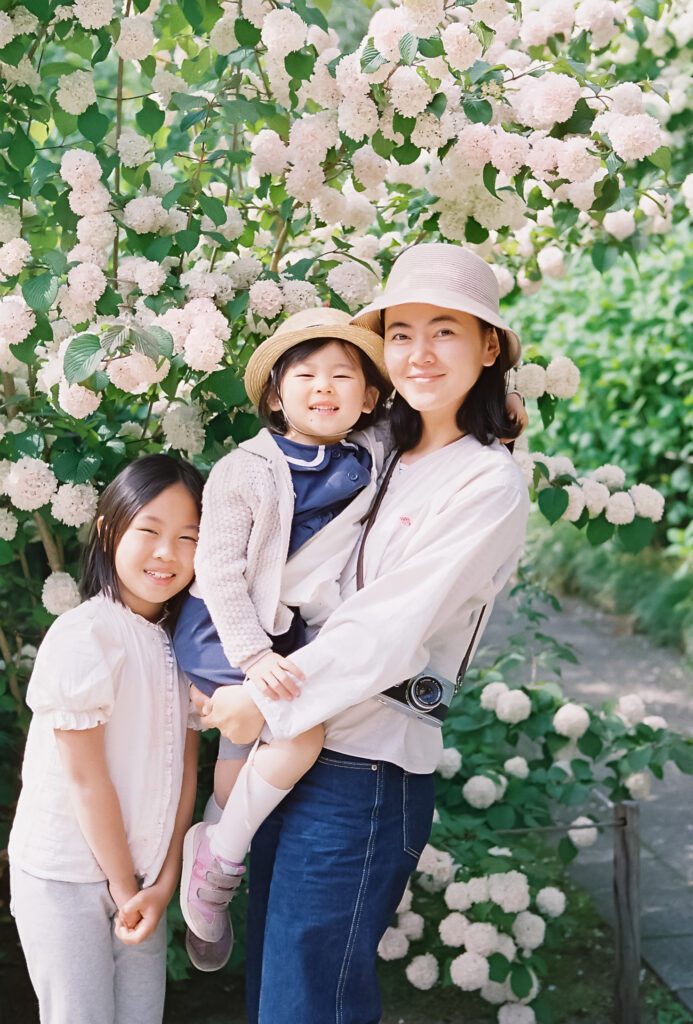
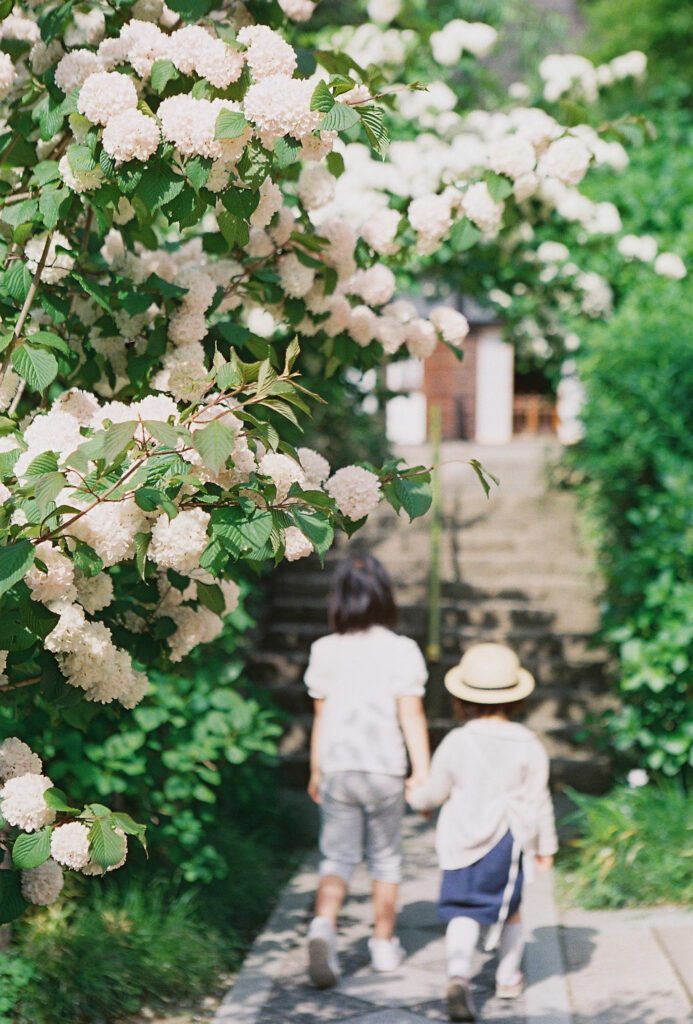
In fact, Kamakura is much more than just a collection of famous scenic spots. We had the pleasure of staying in a 100-year-old Airbnb near Shonan Sea, which left us breathless, despite having visited numerous seaside locations during our gap year.
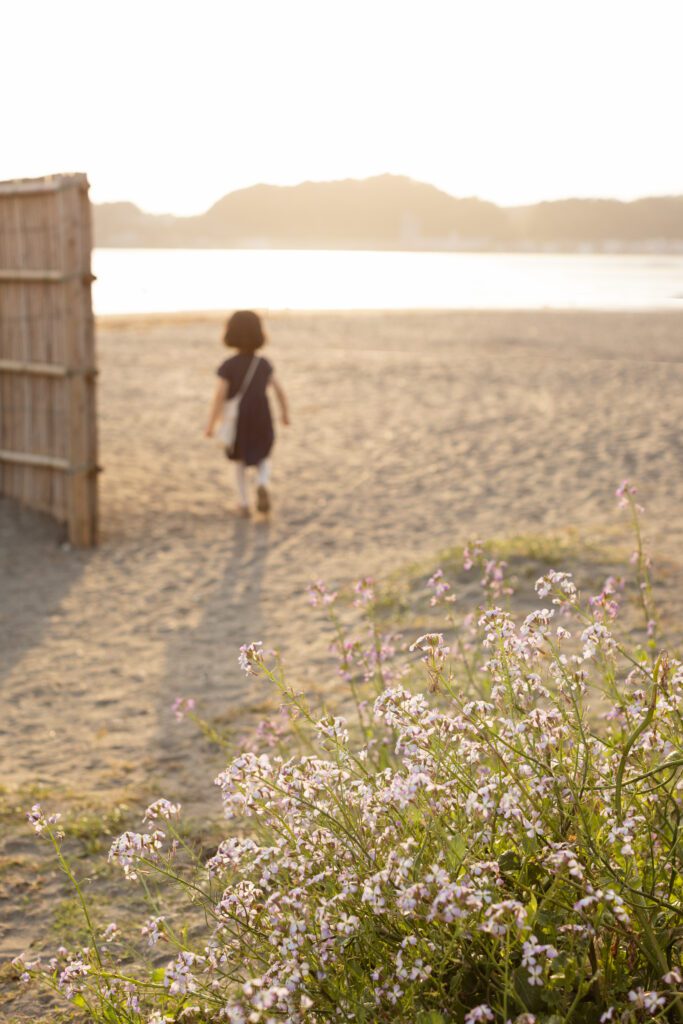
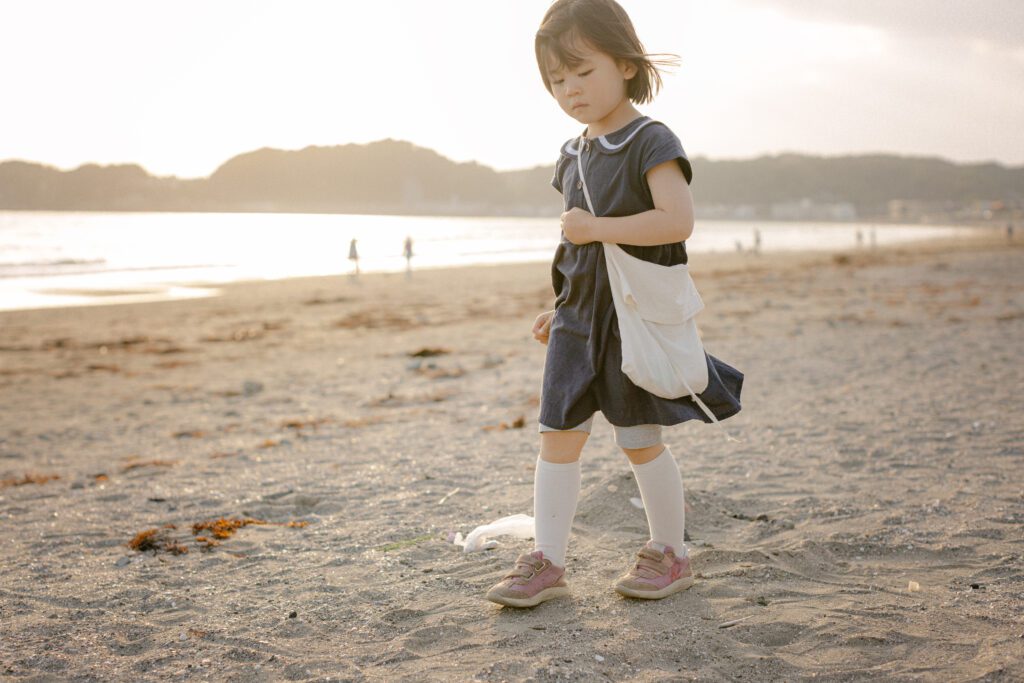
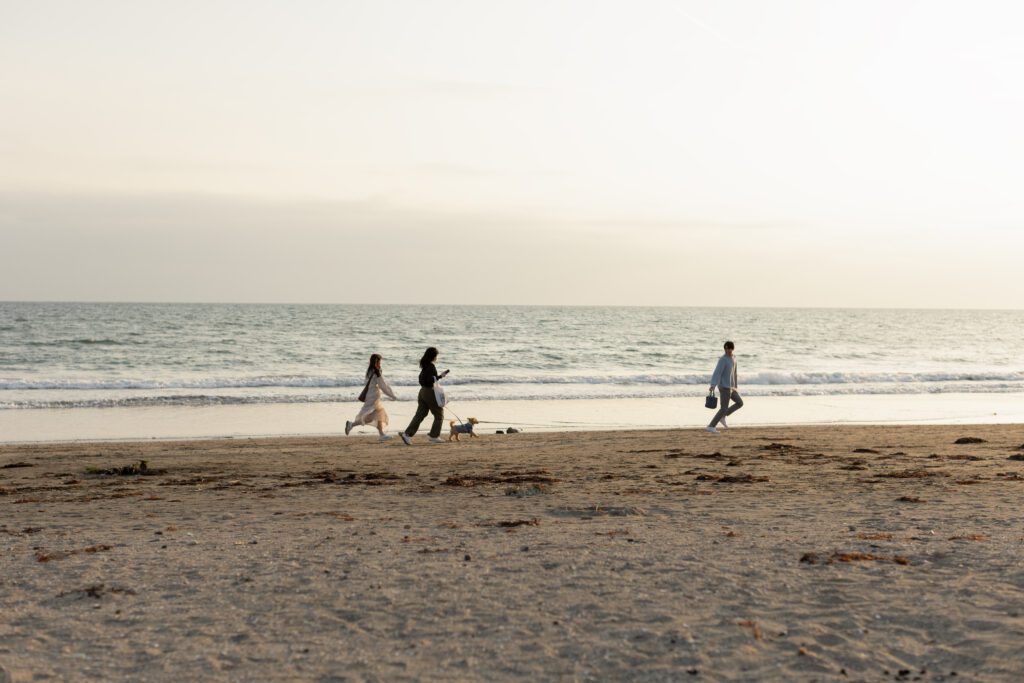
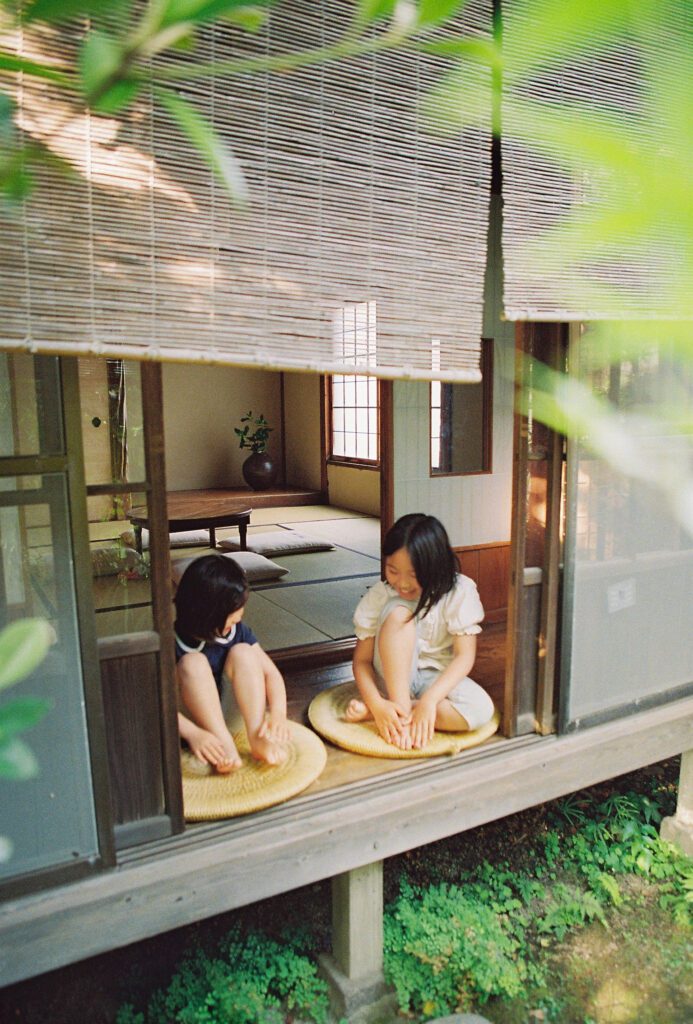
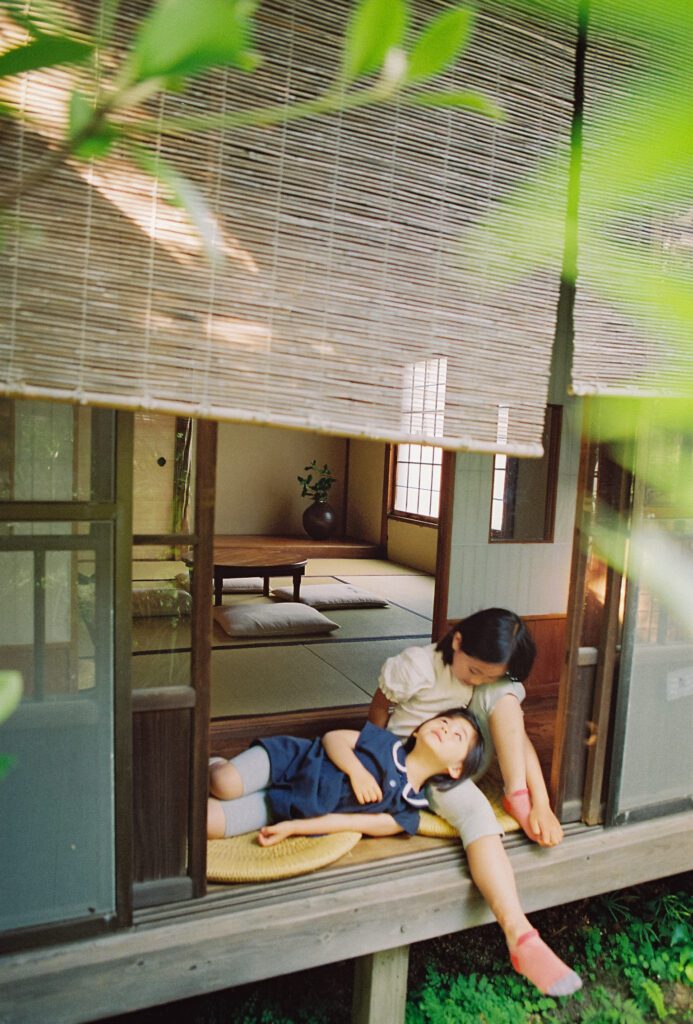
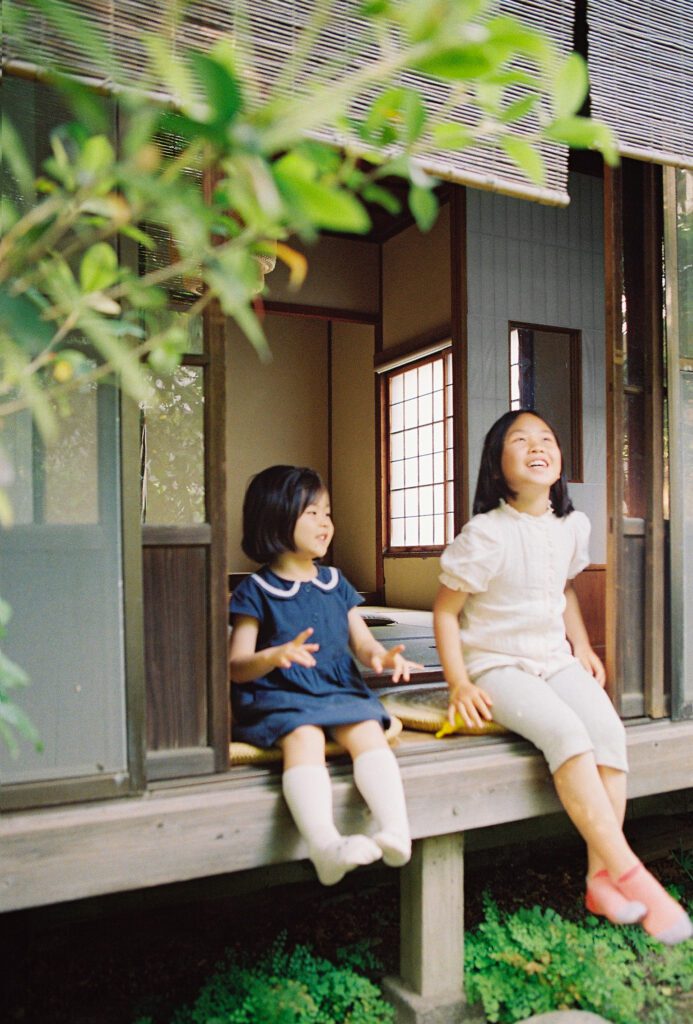
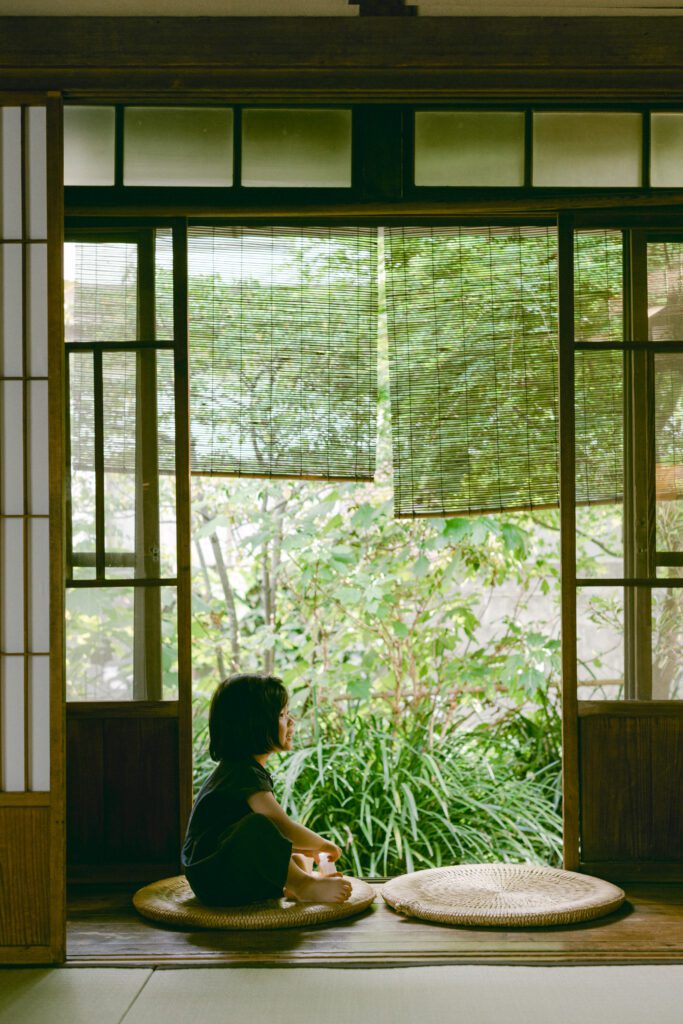
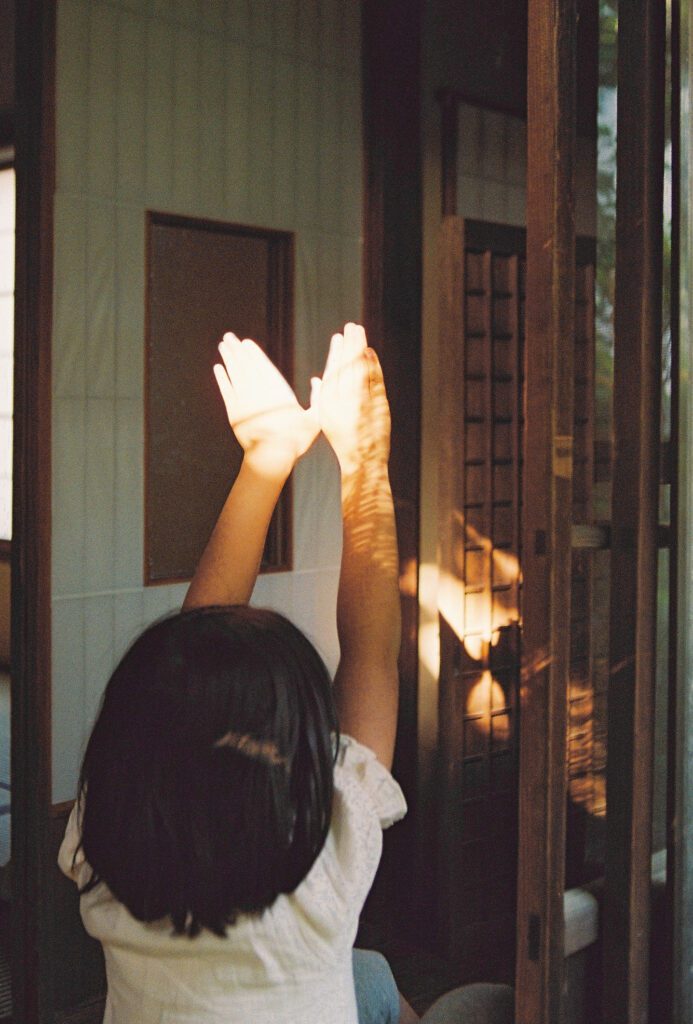
Pleasant moments always seem to pass by quickly. As summer arrives, painting everything in lush green hues, it is time for us to bid farewell to Japan. In our next blog post, we will summarize the days we spent here, marking it as the final episode of our entire gap year journey. Until we meet again, take care and see you next time.





